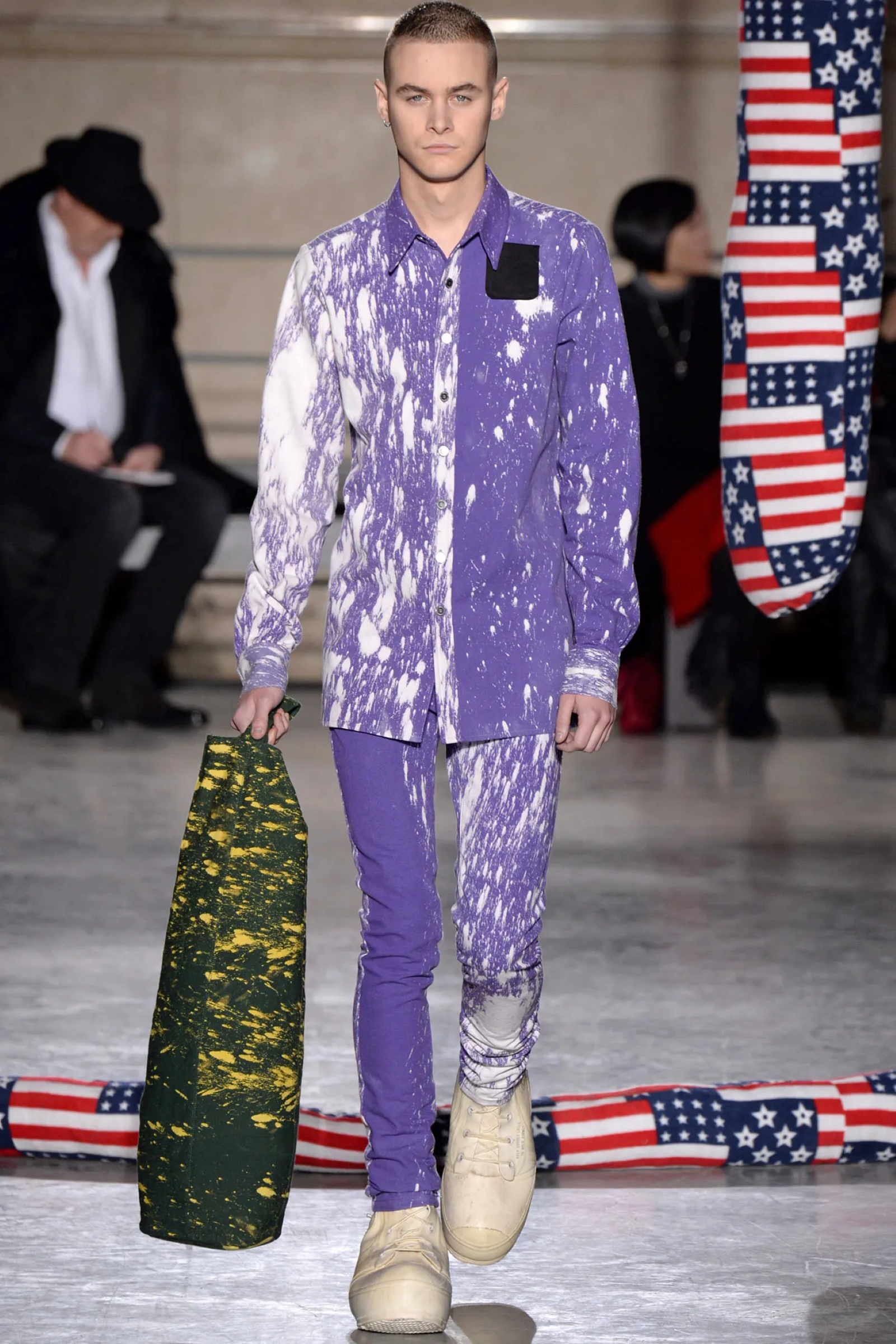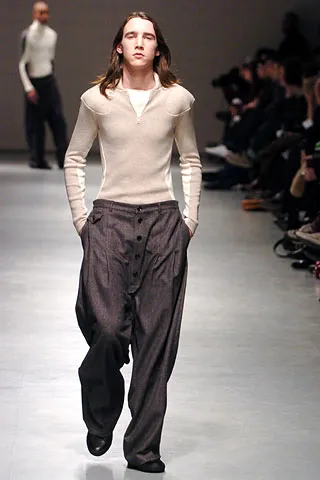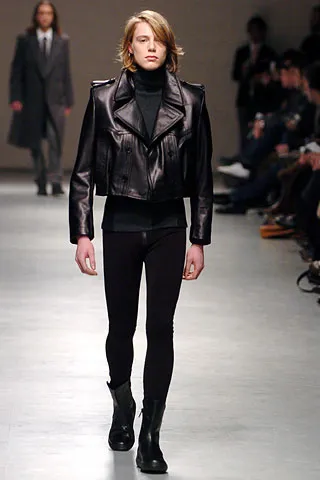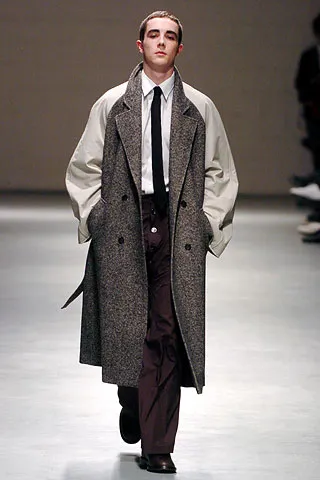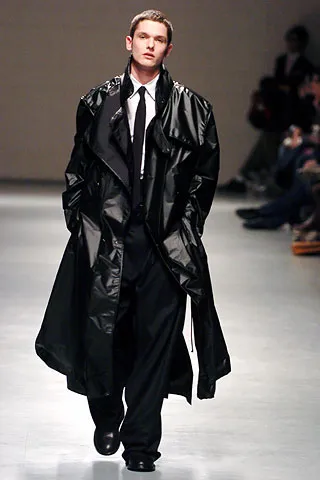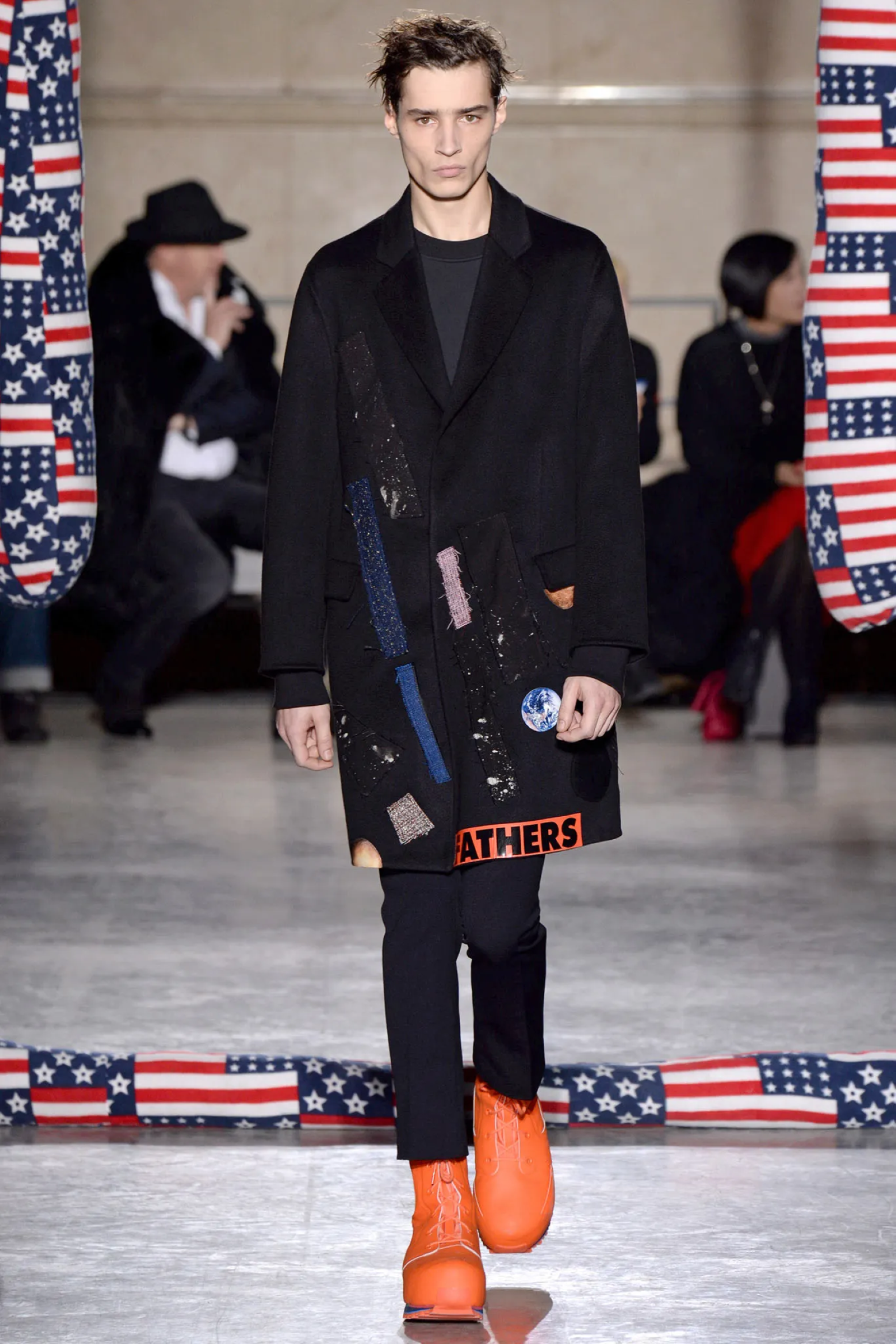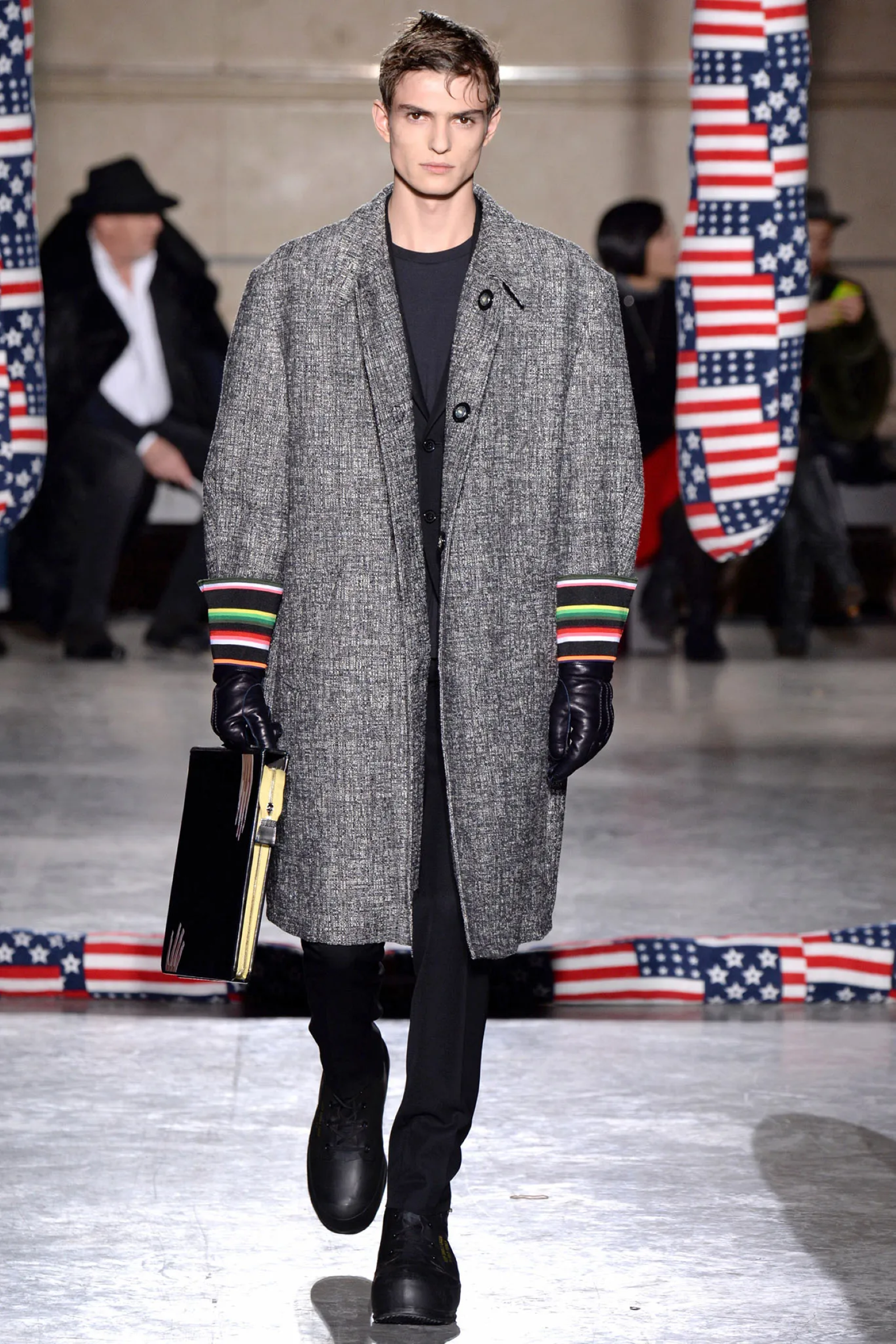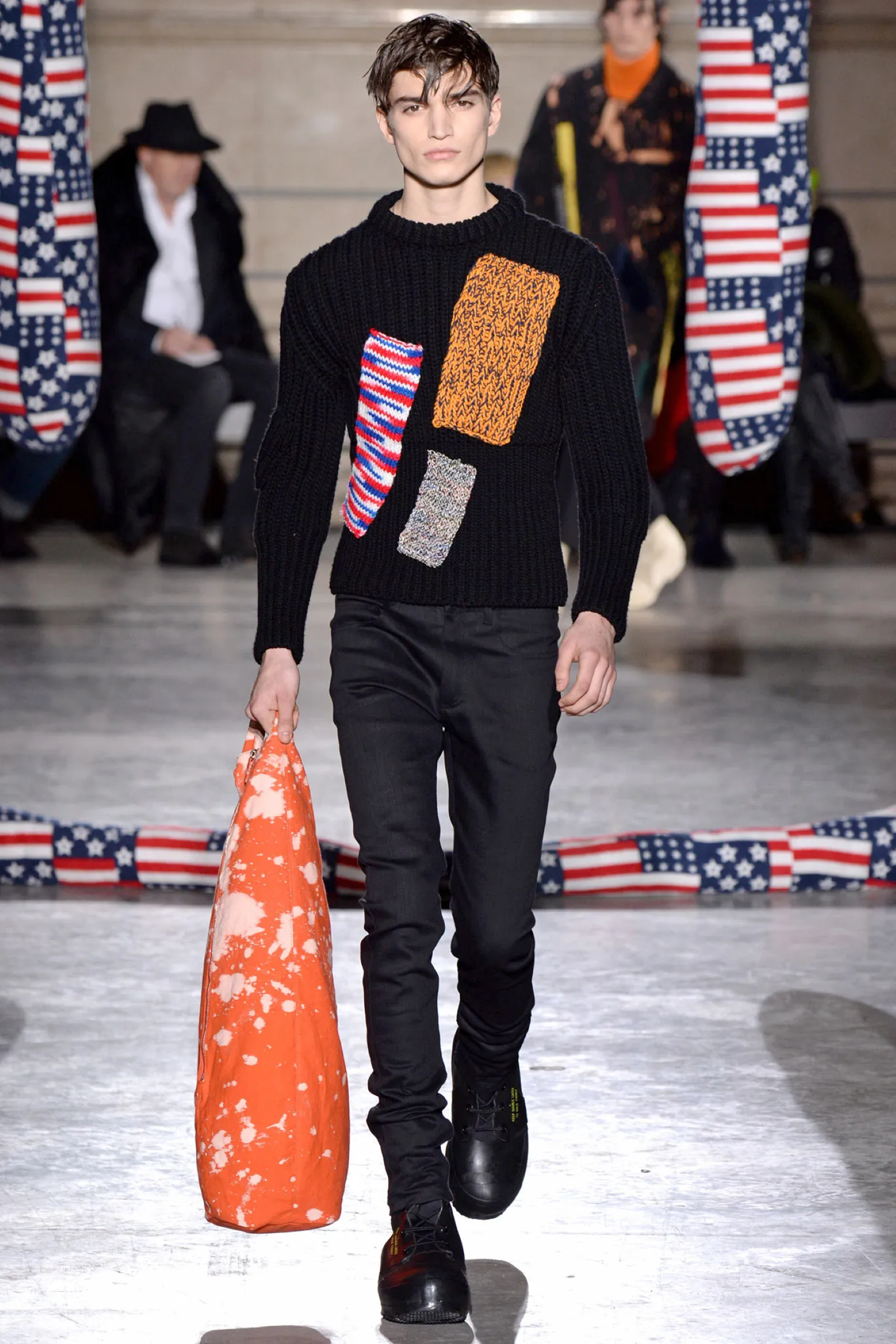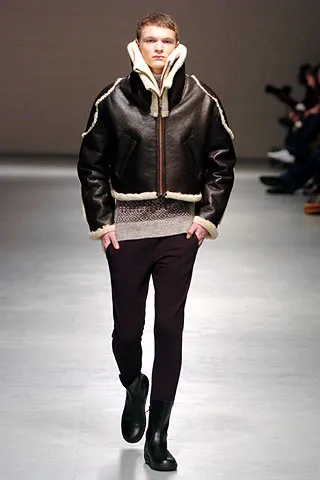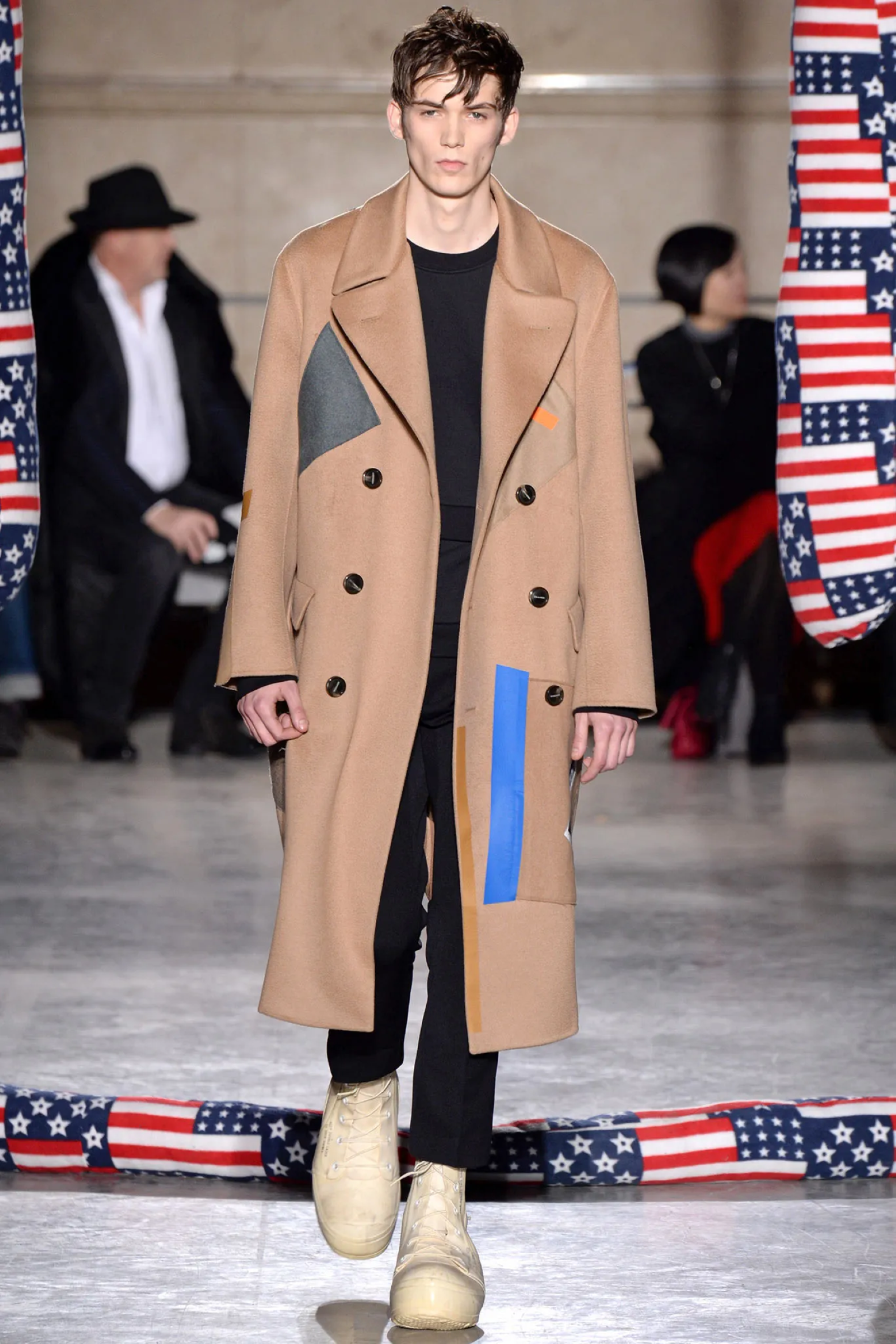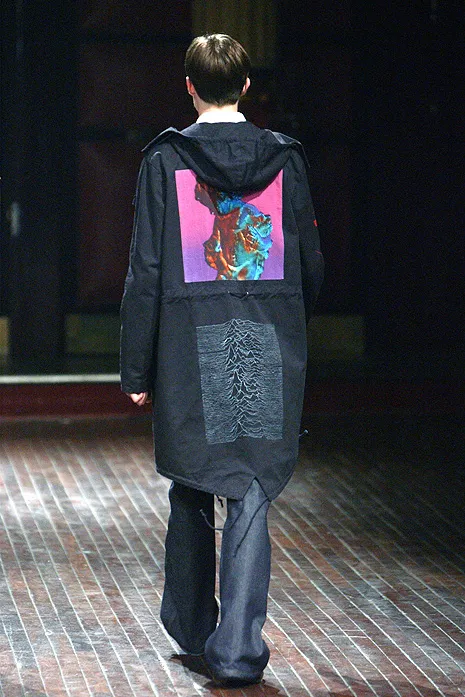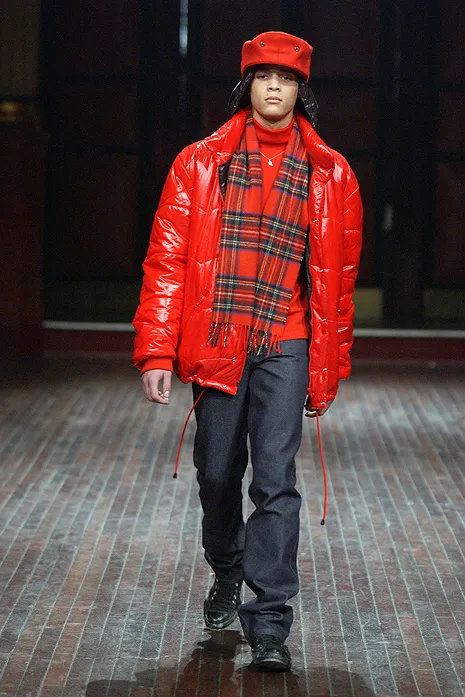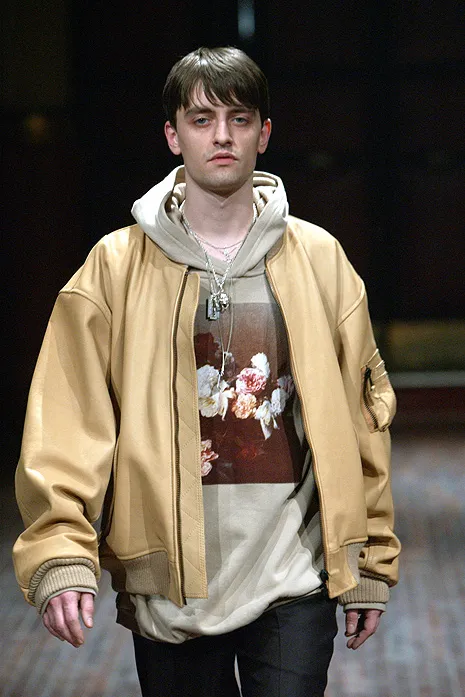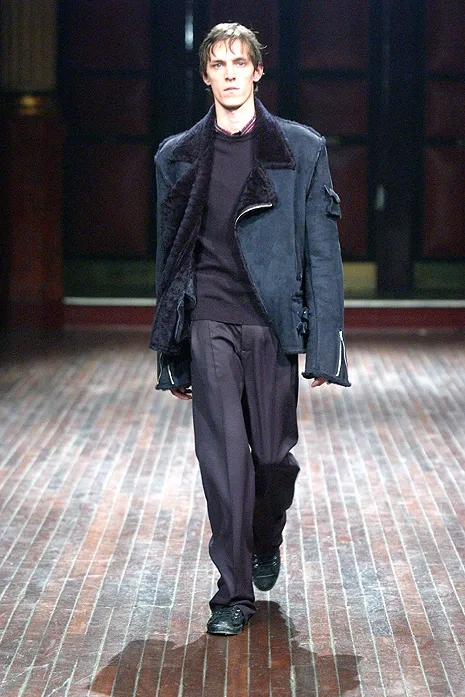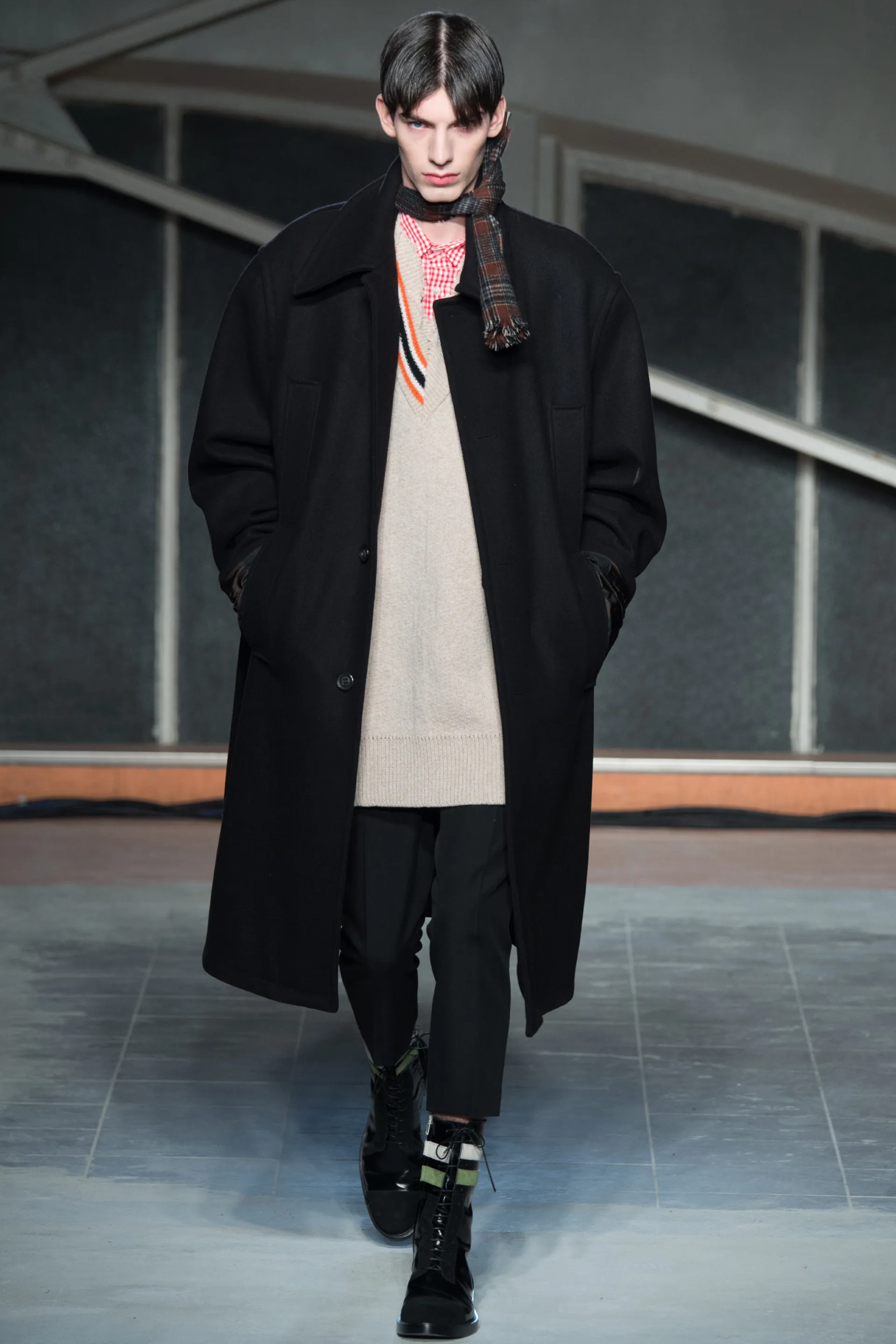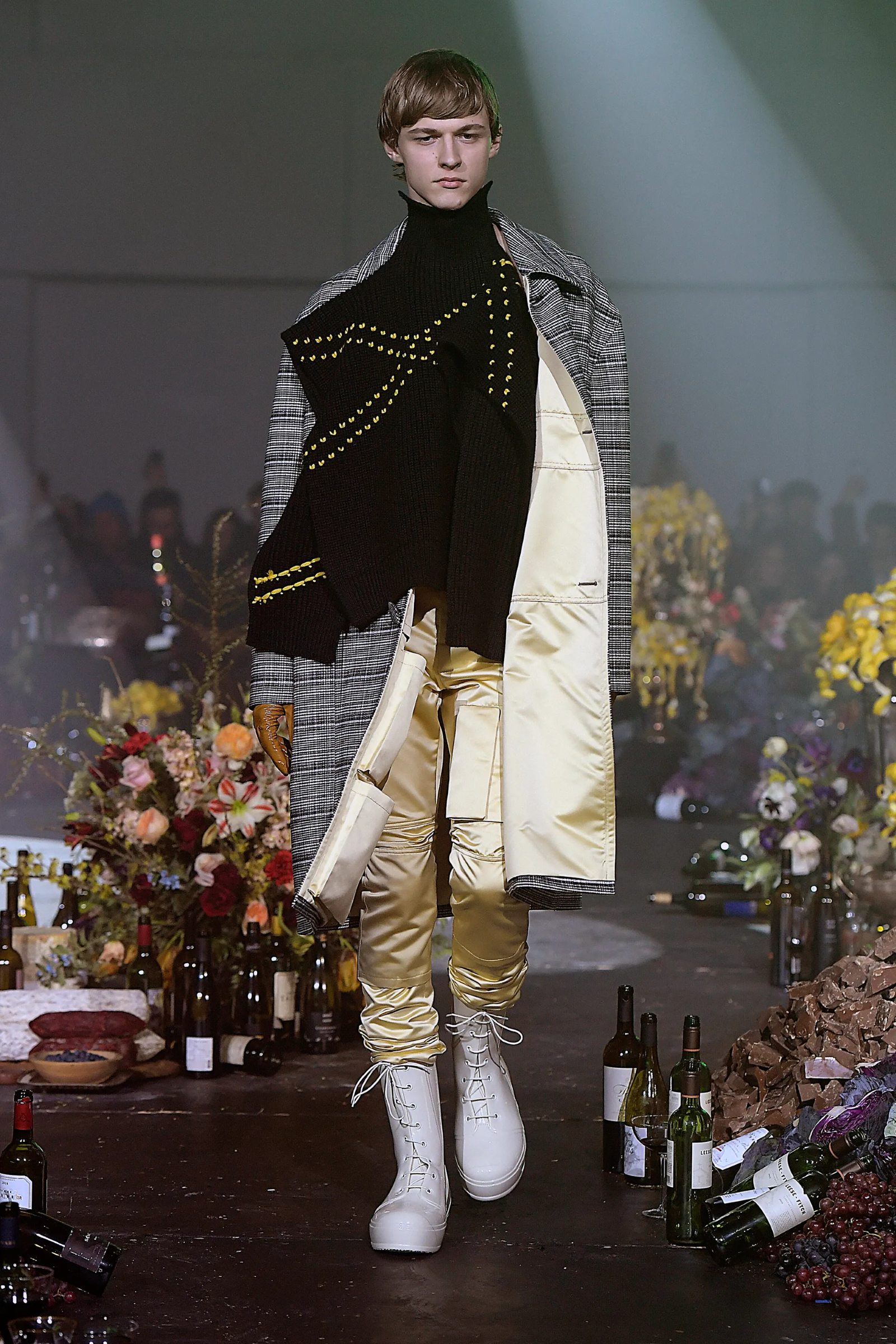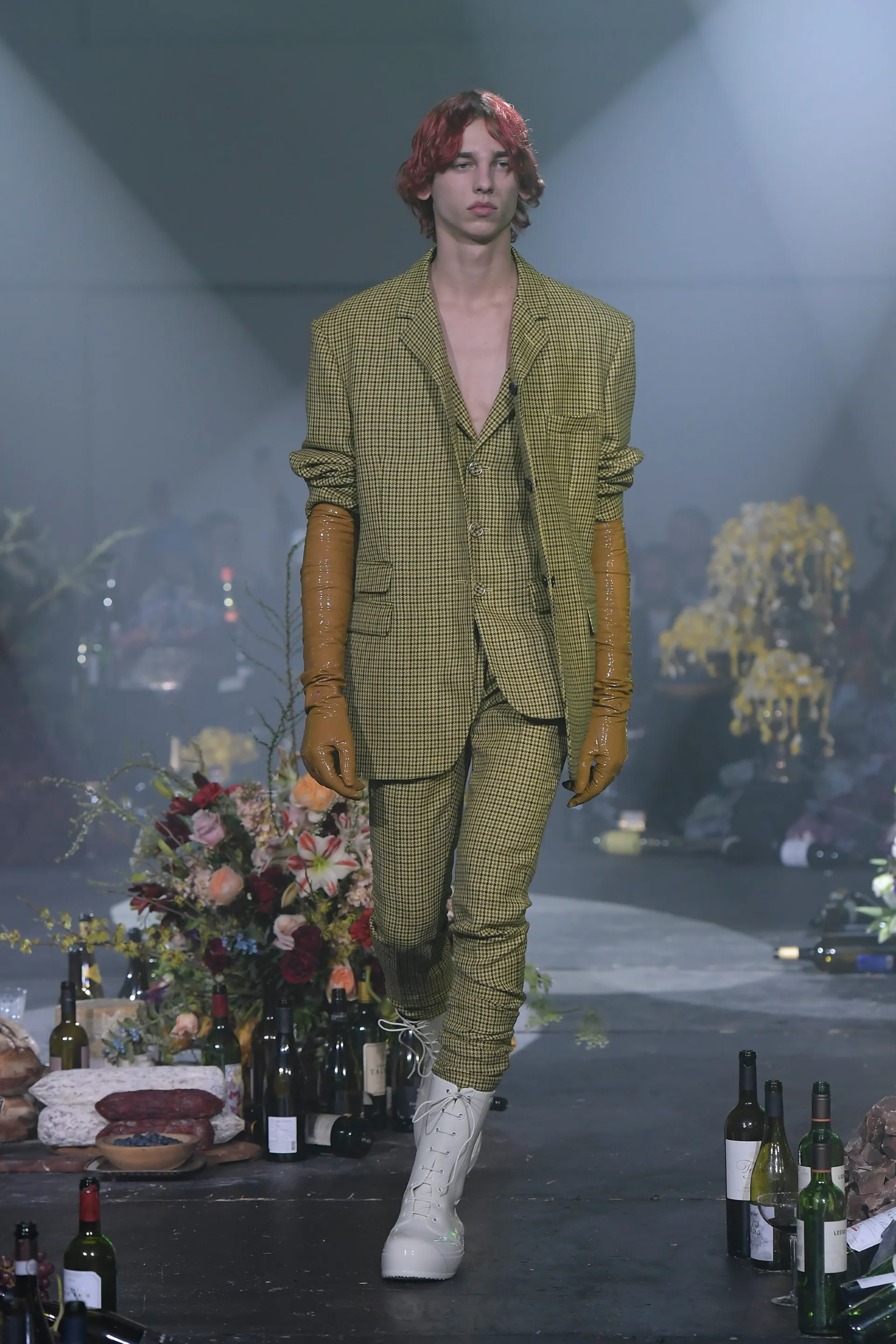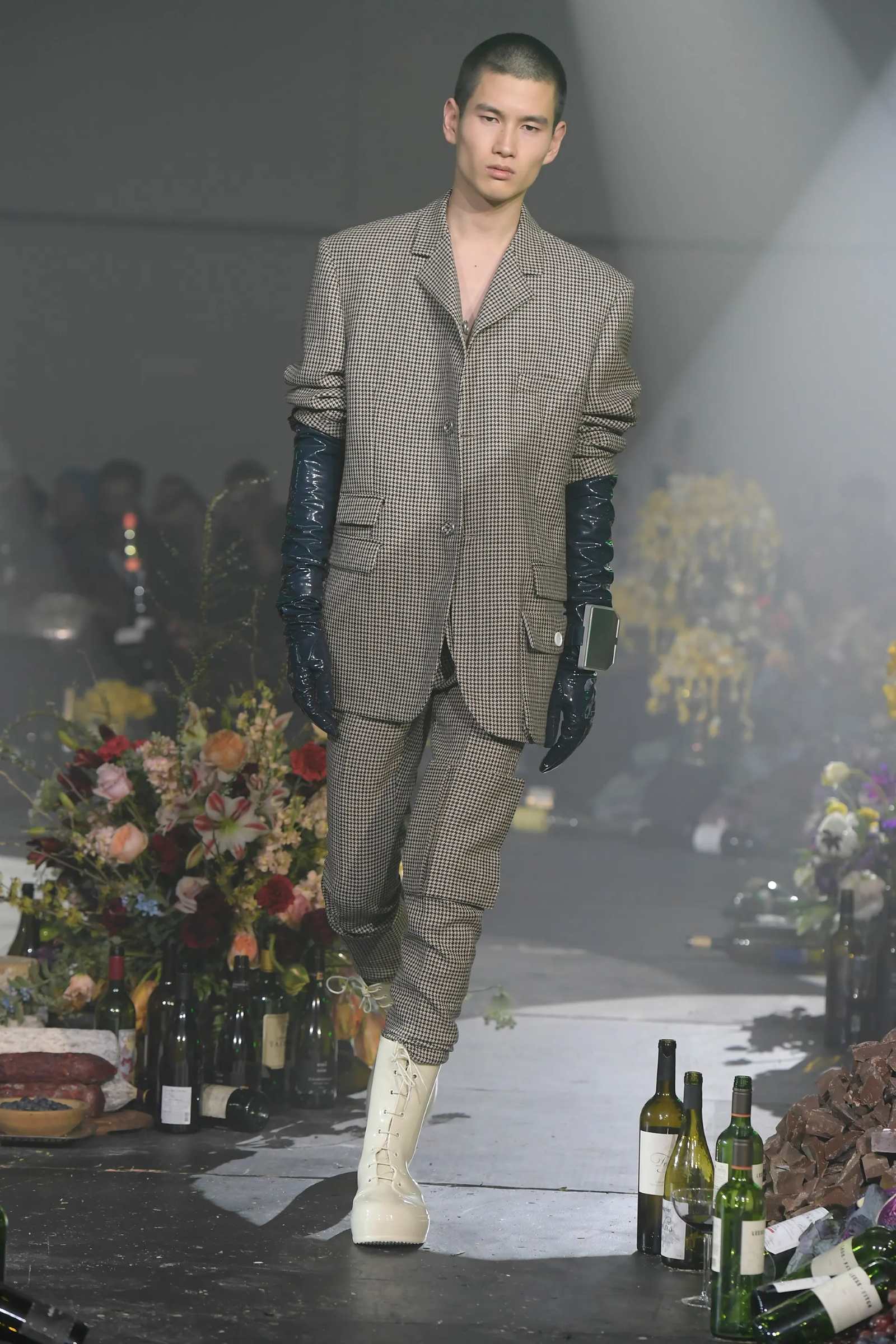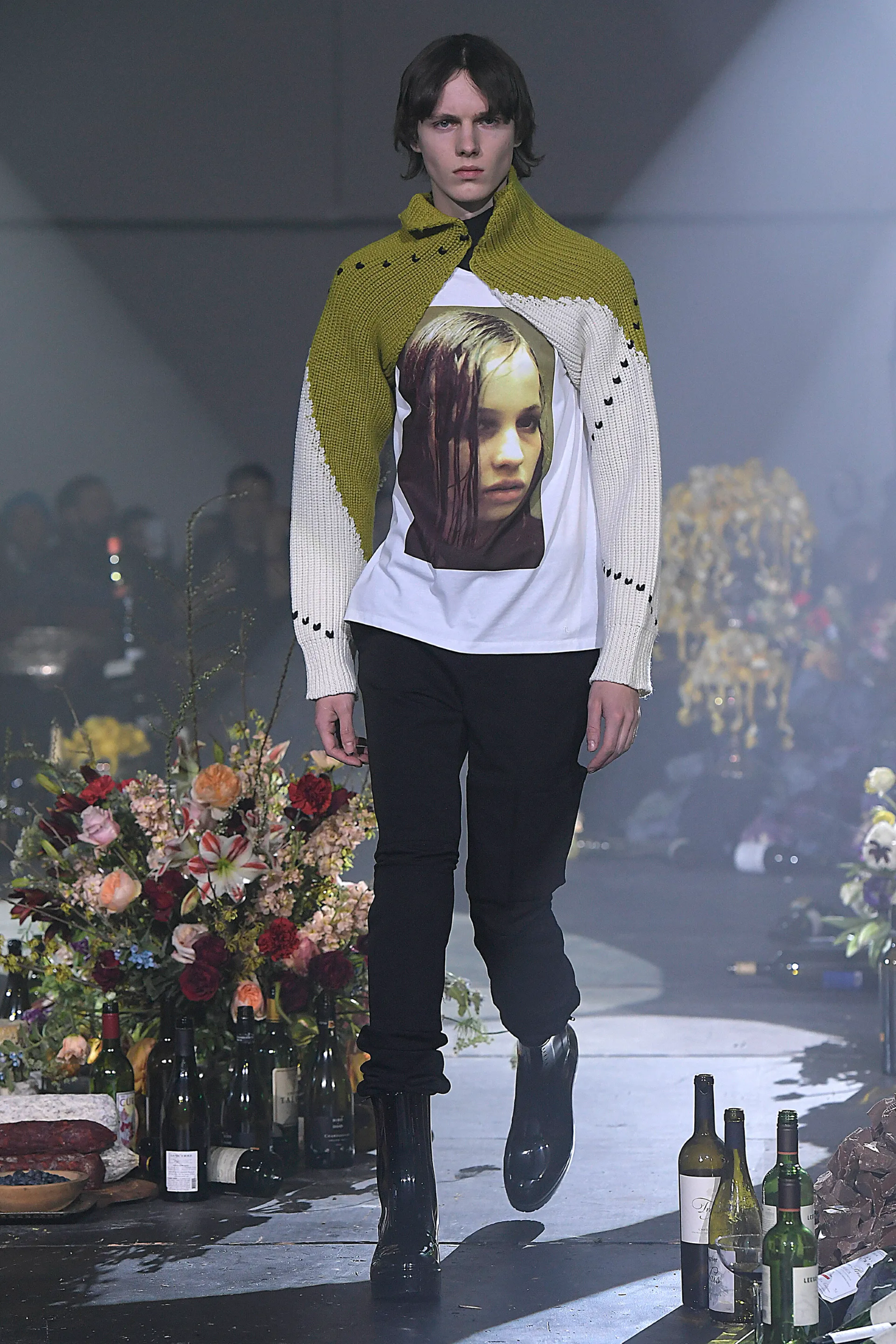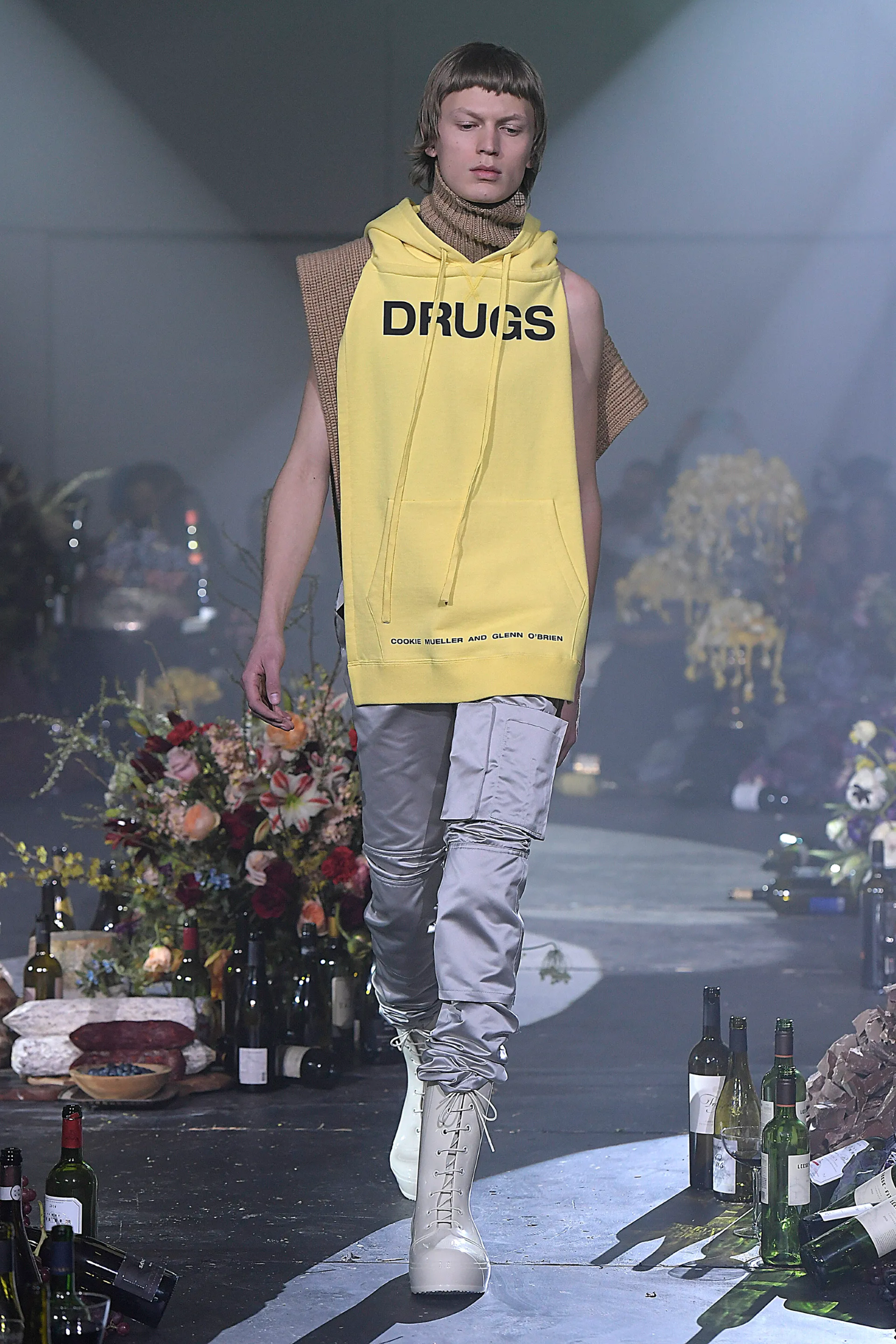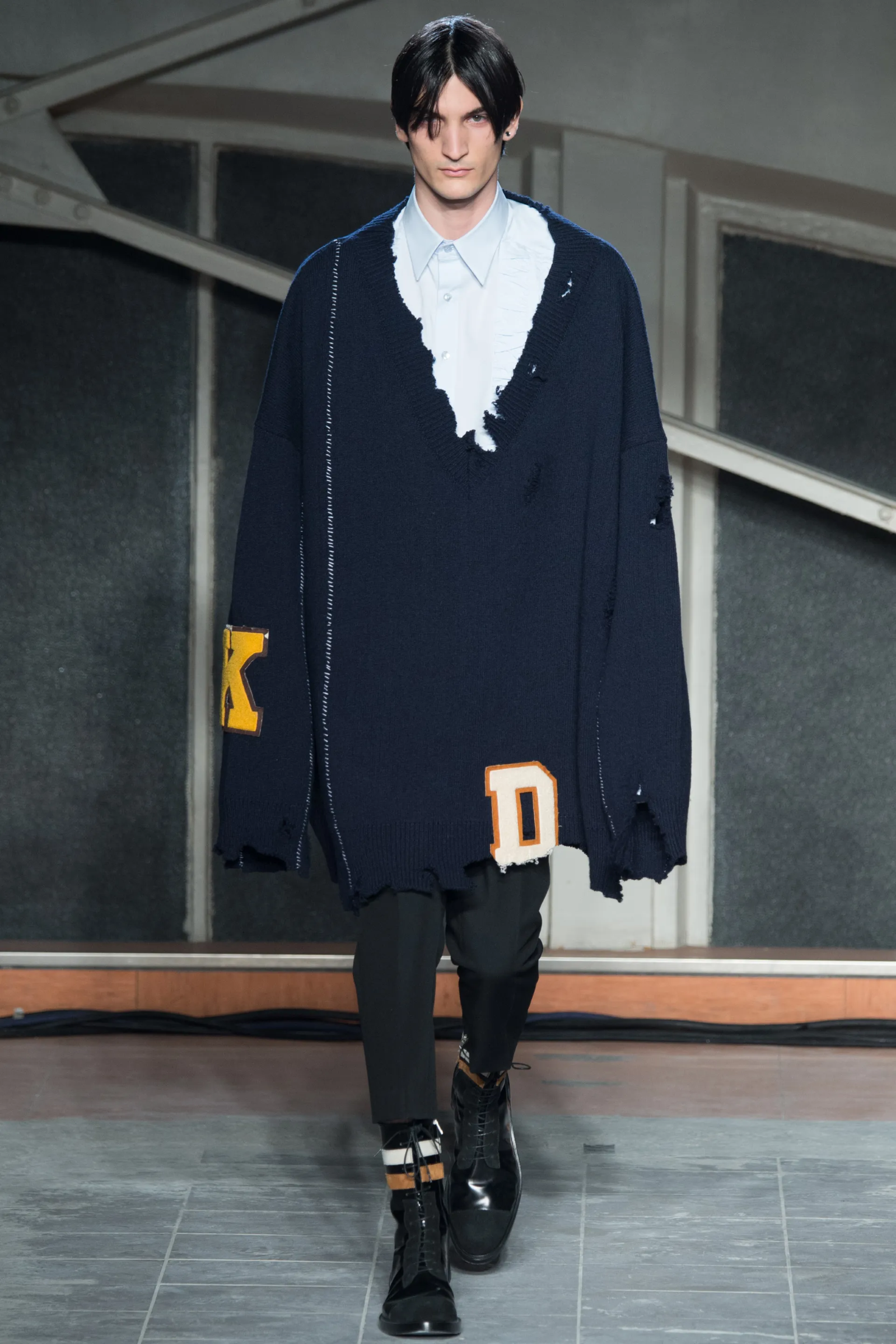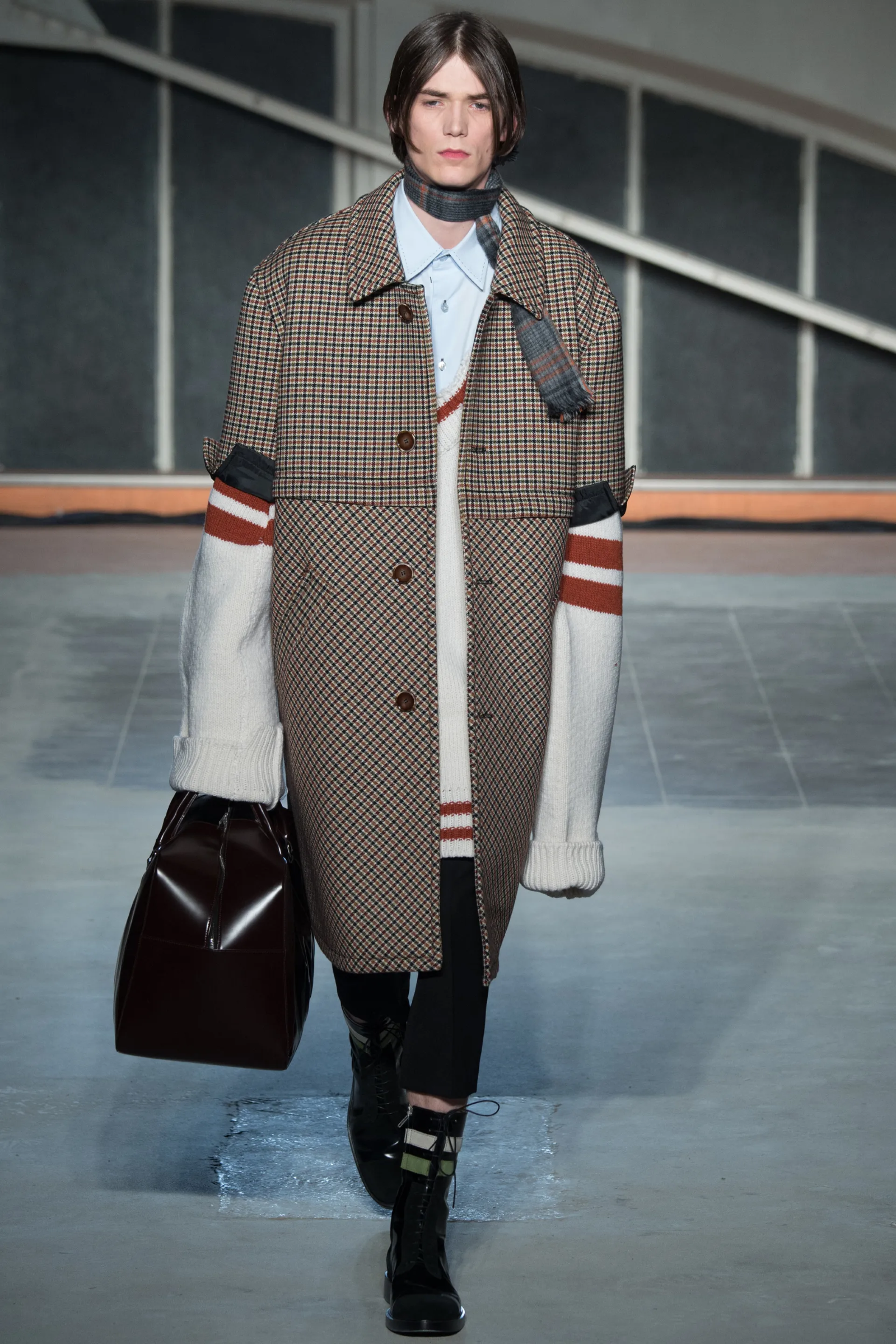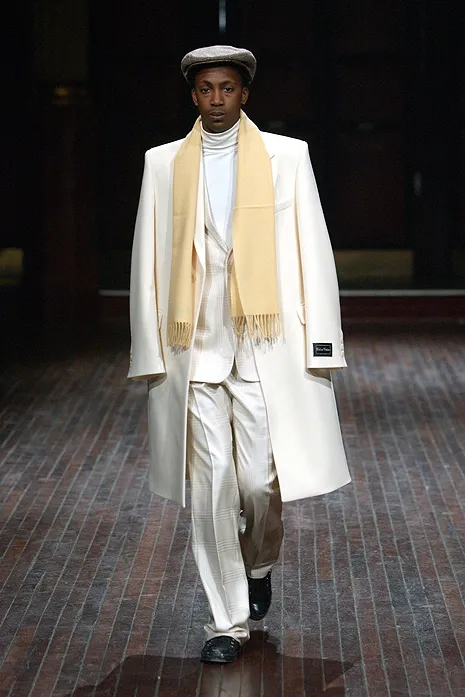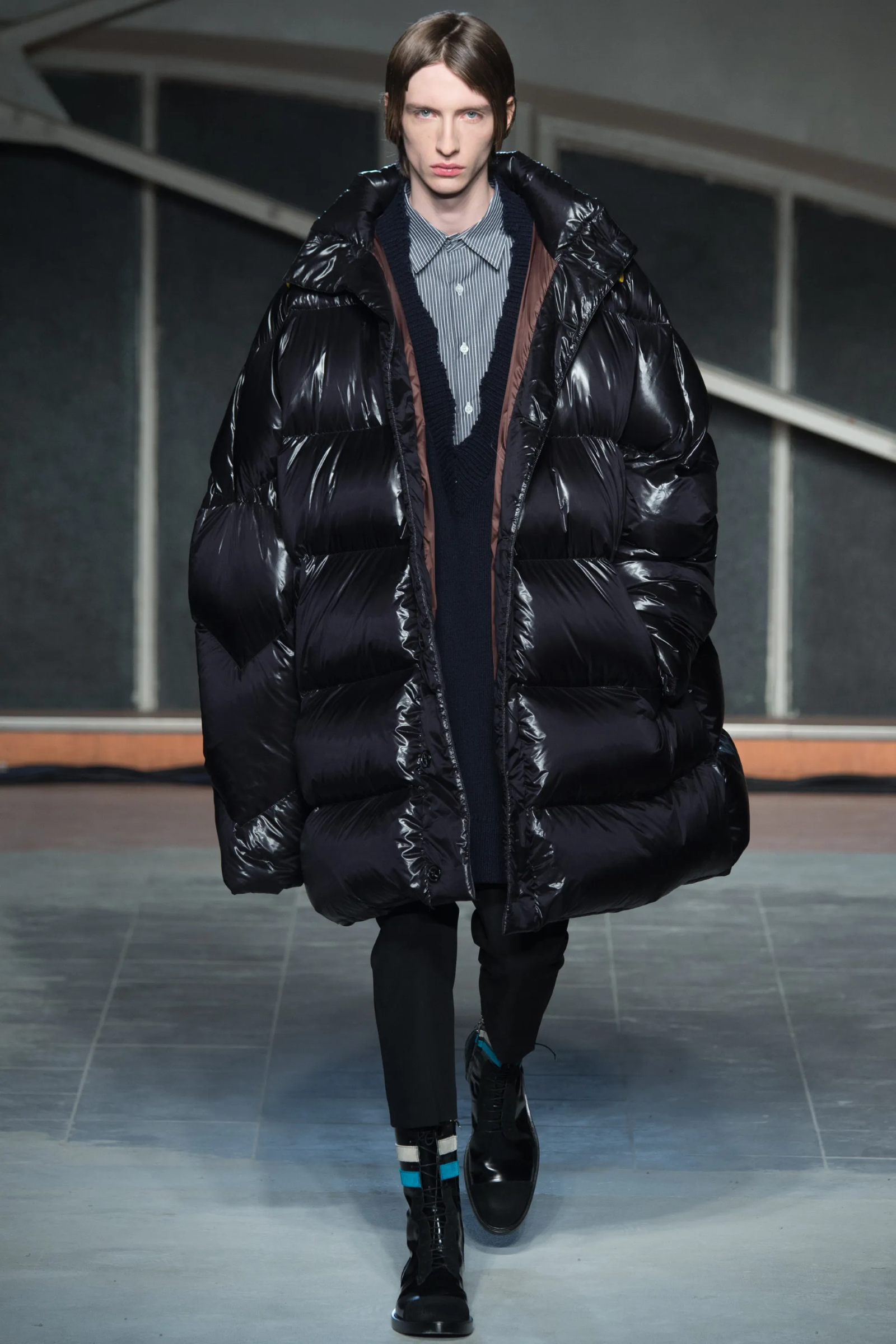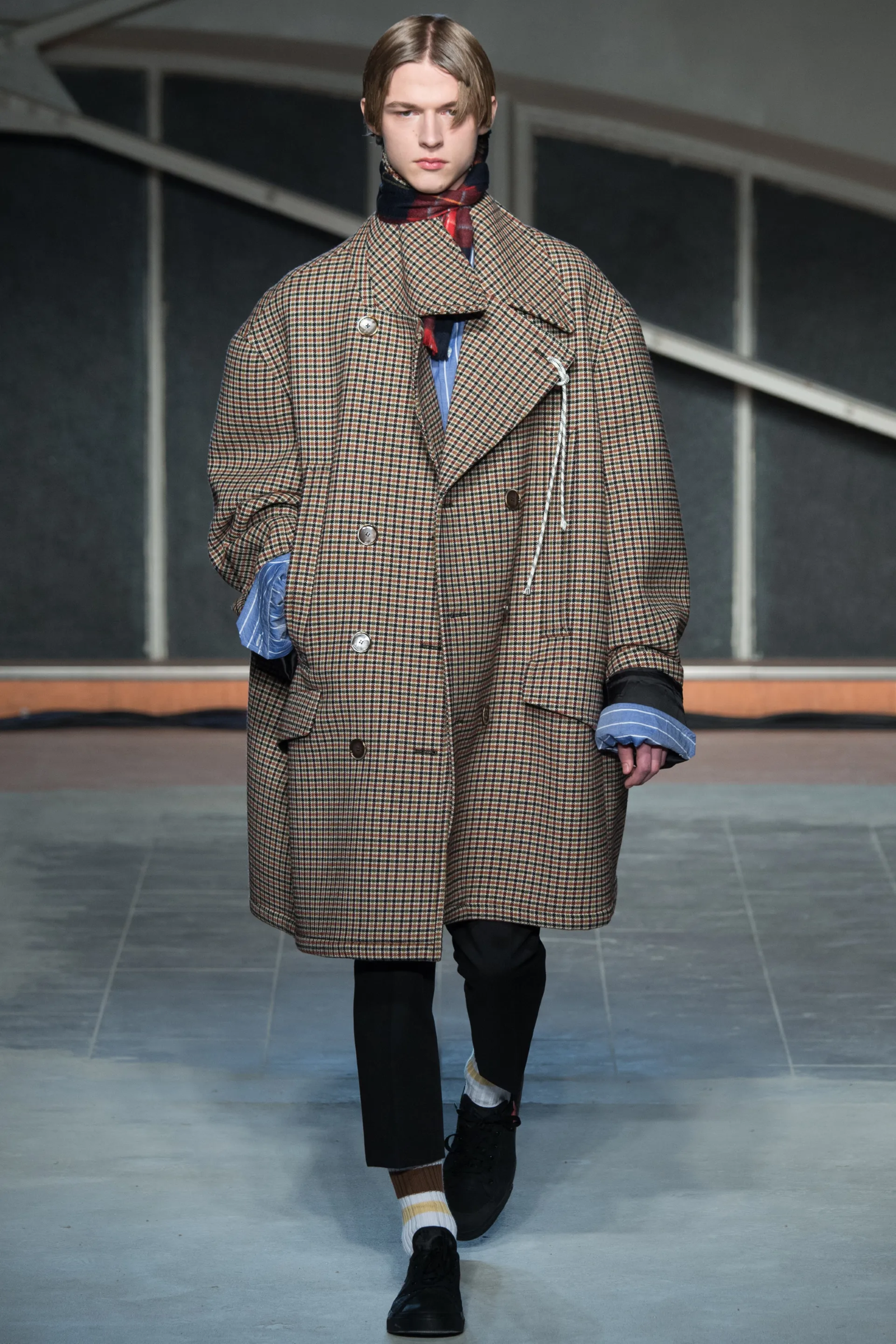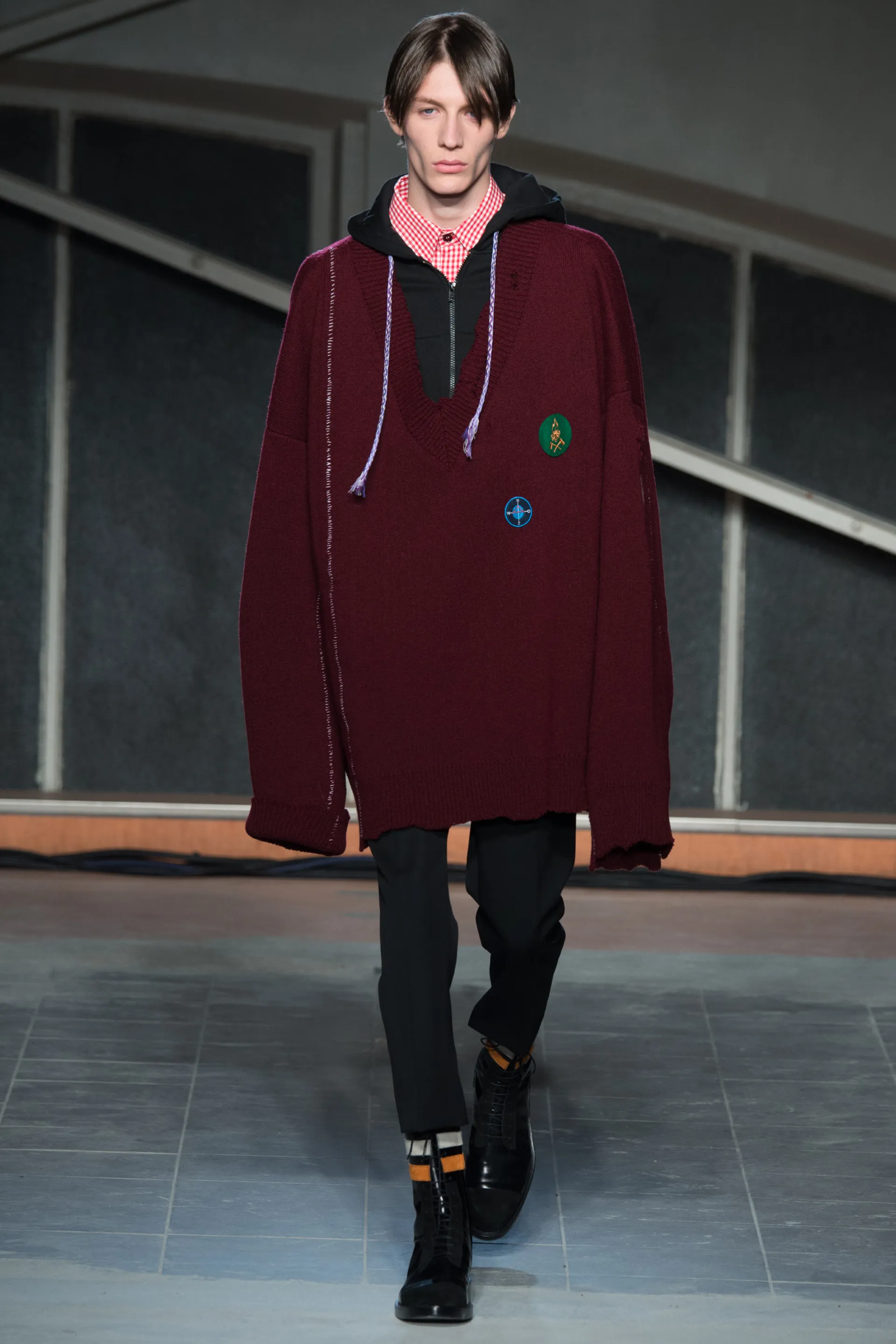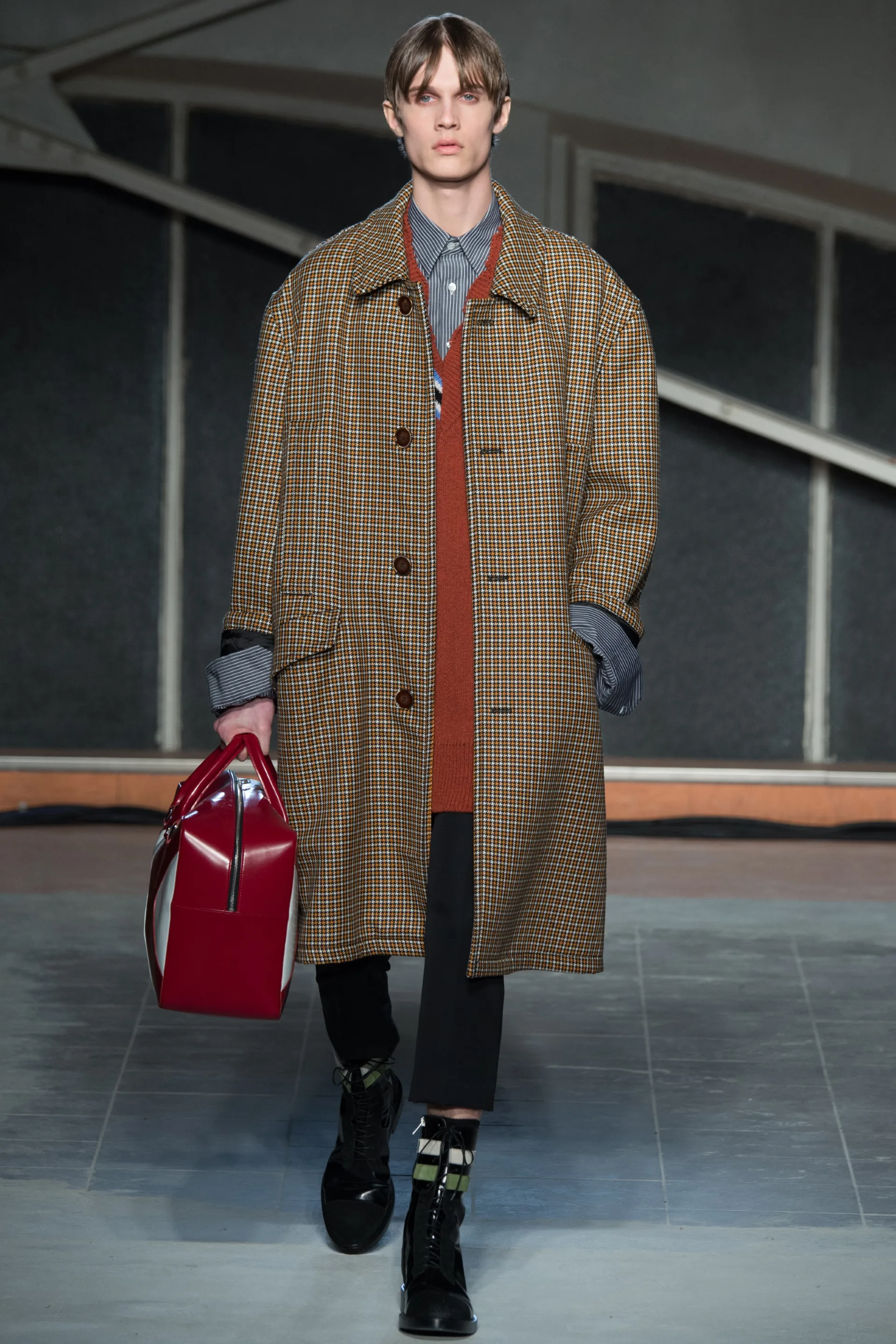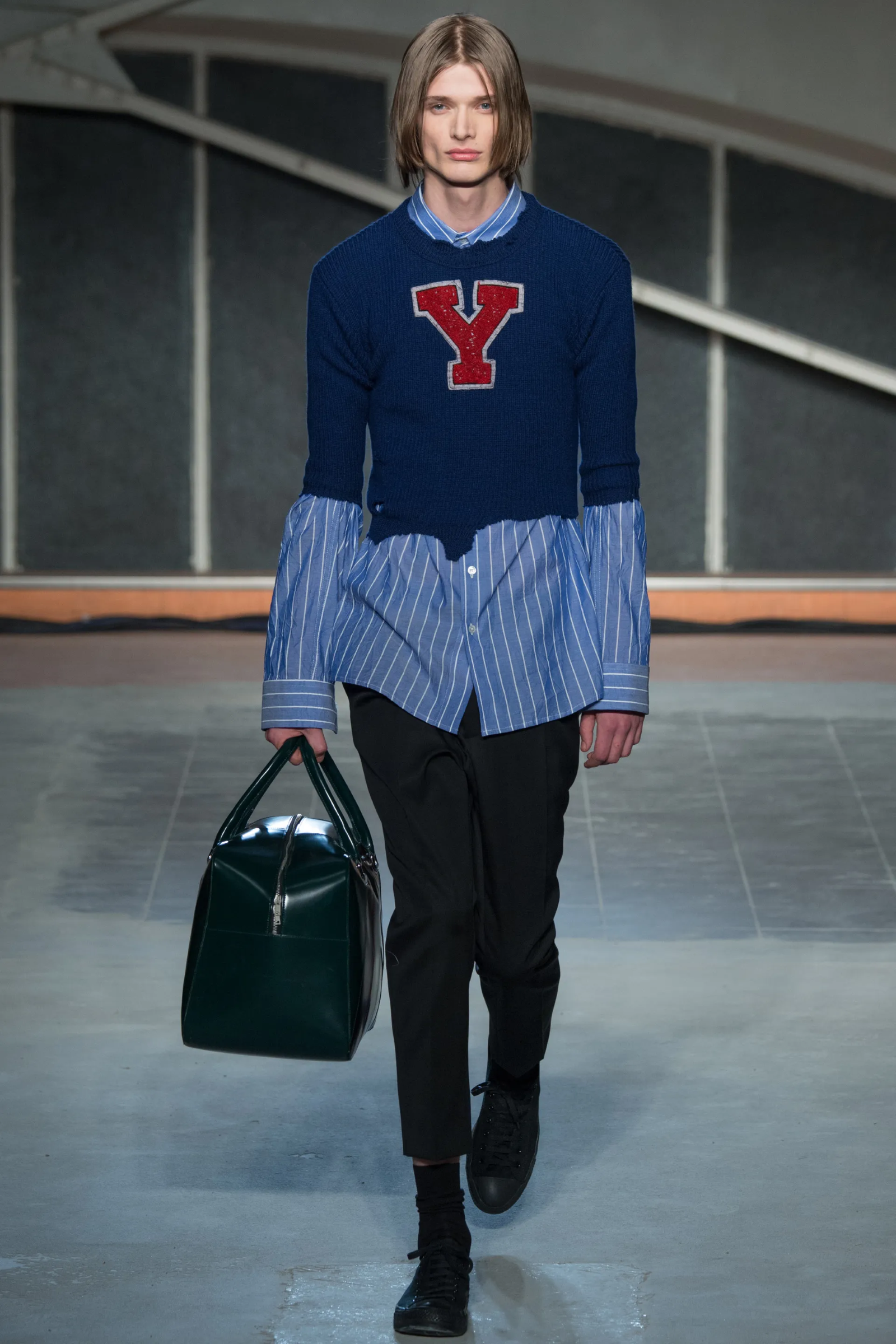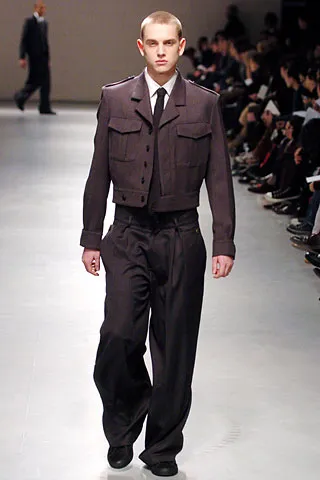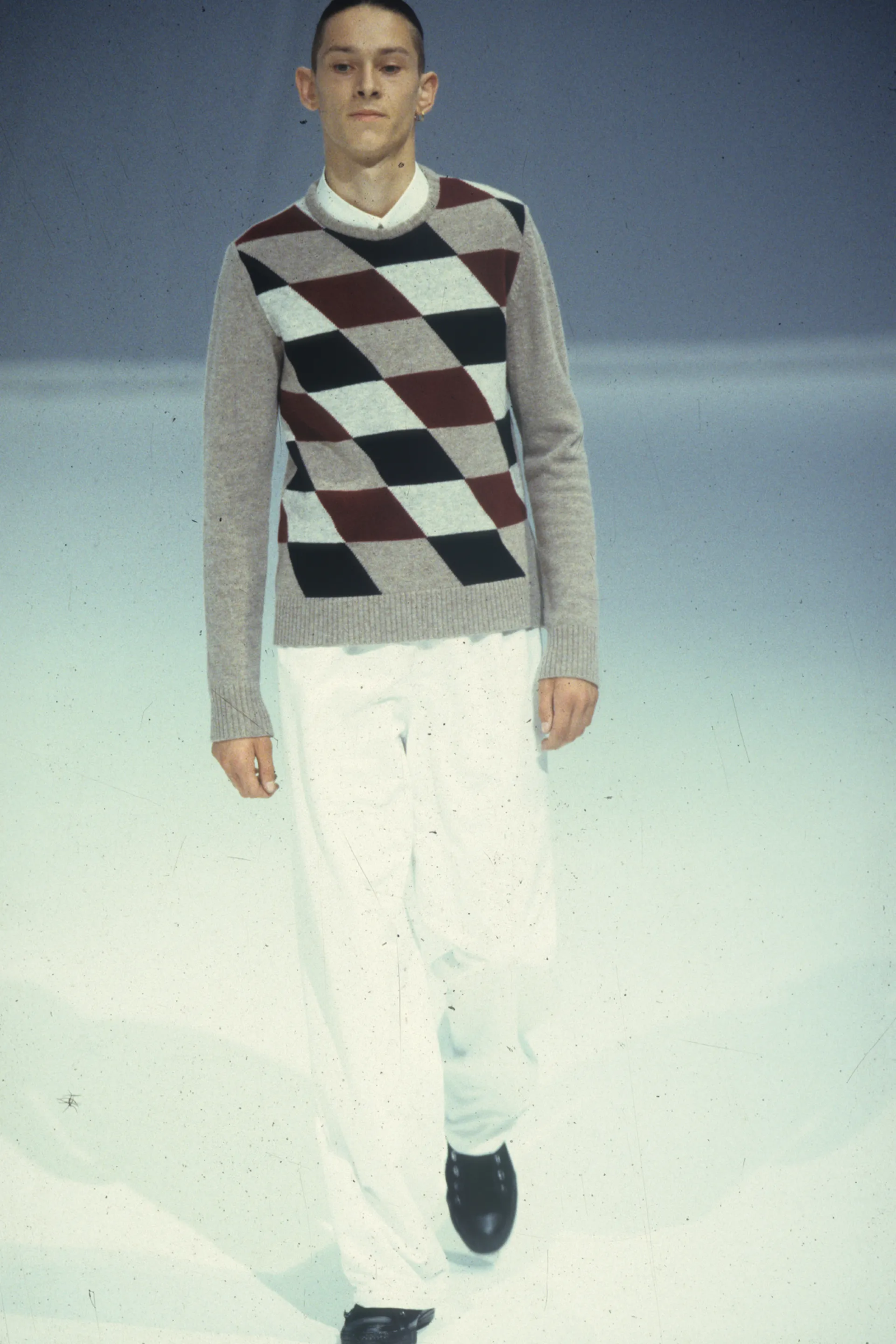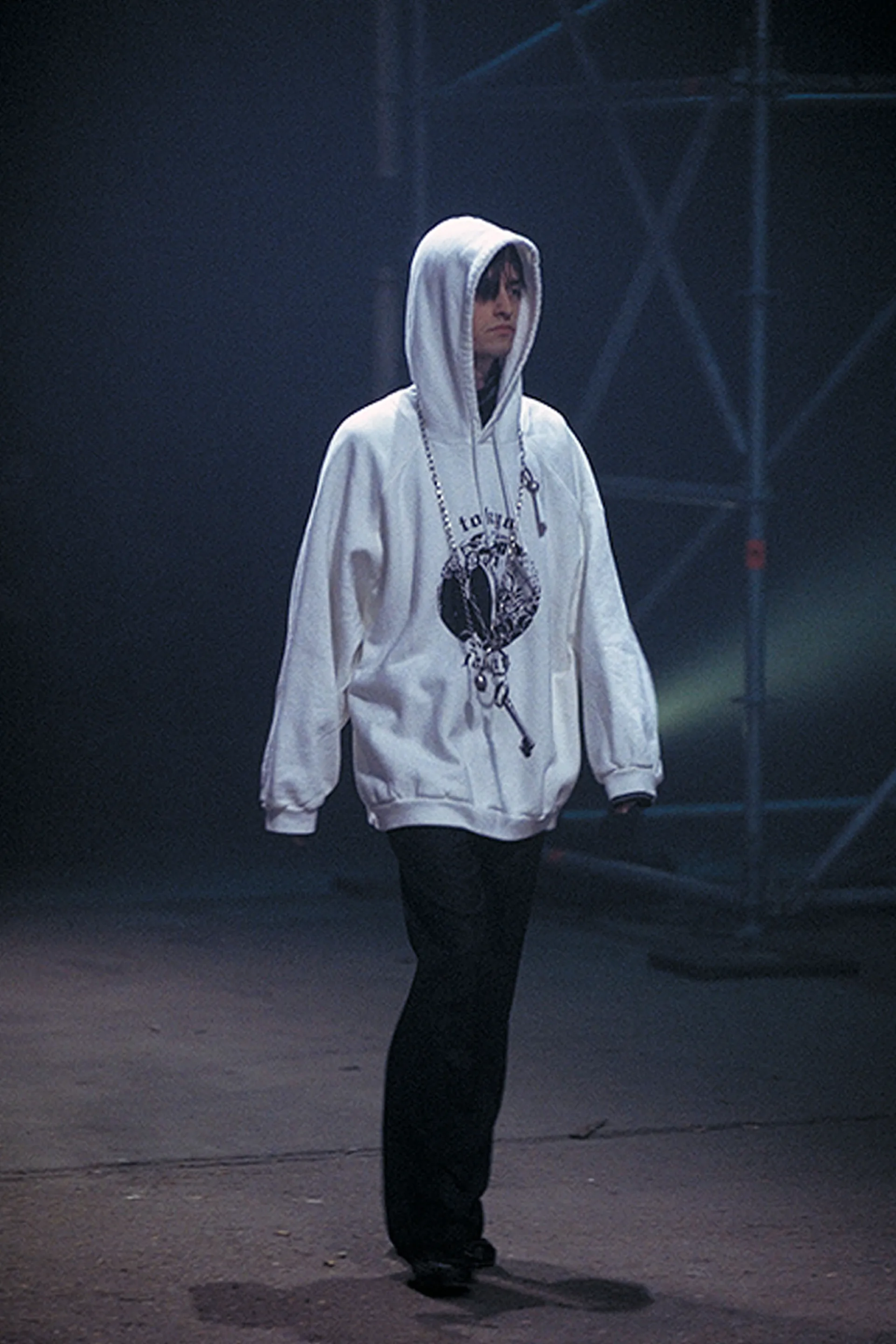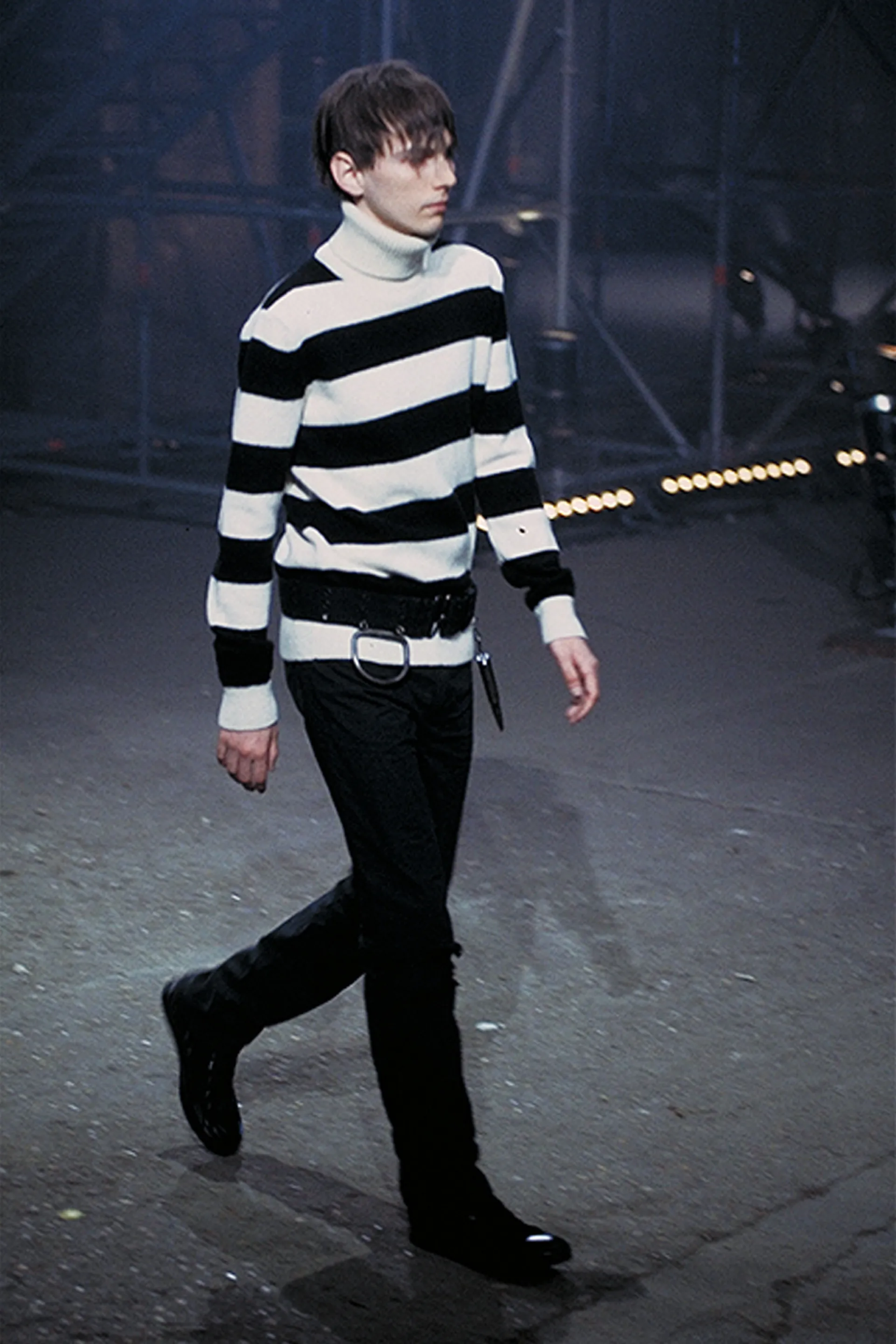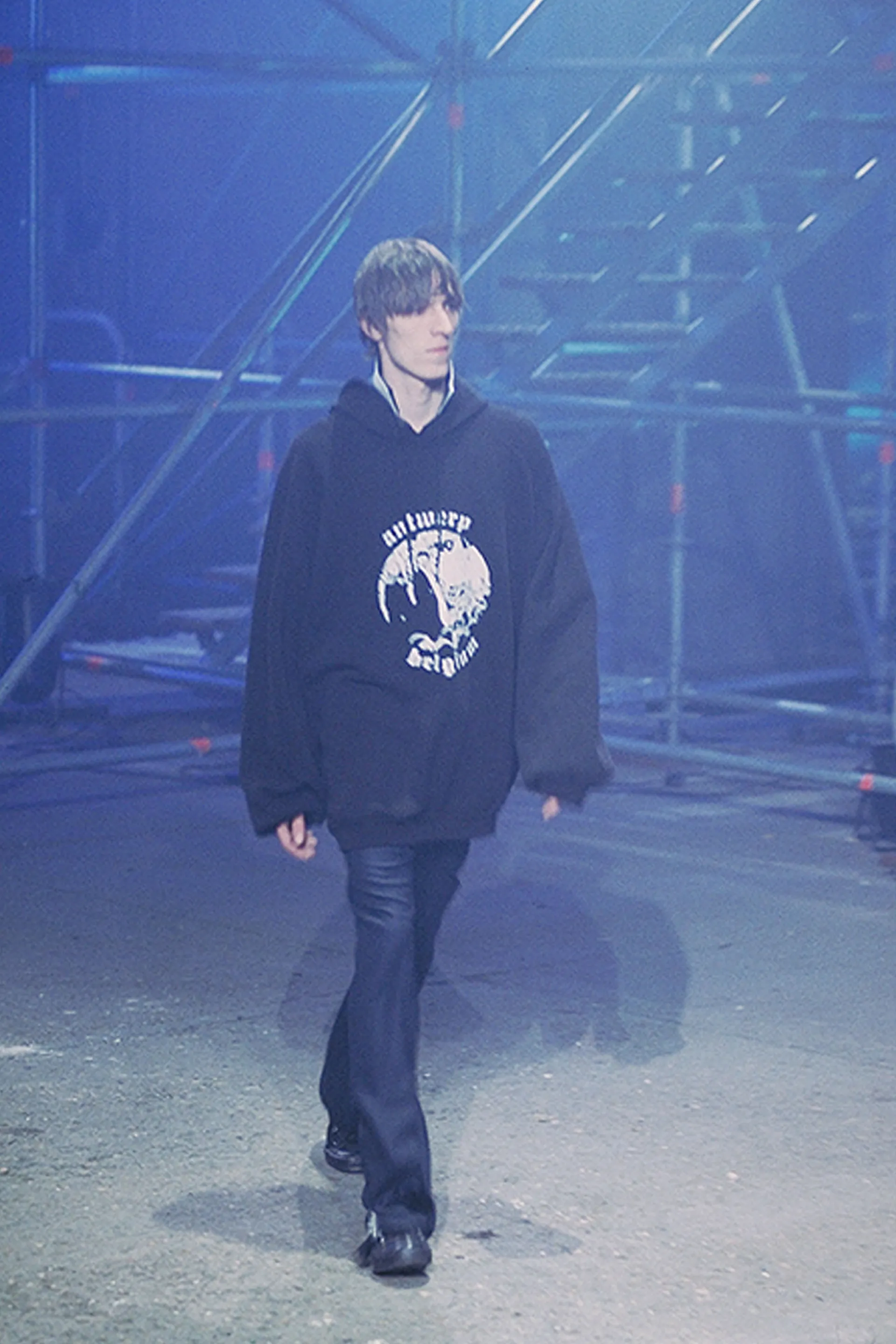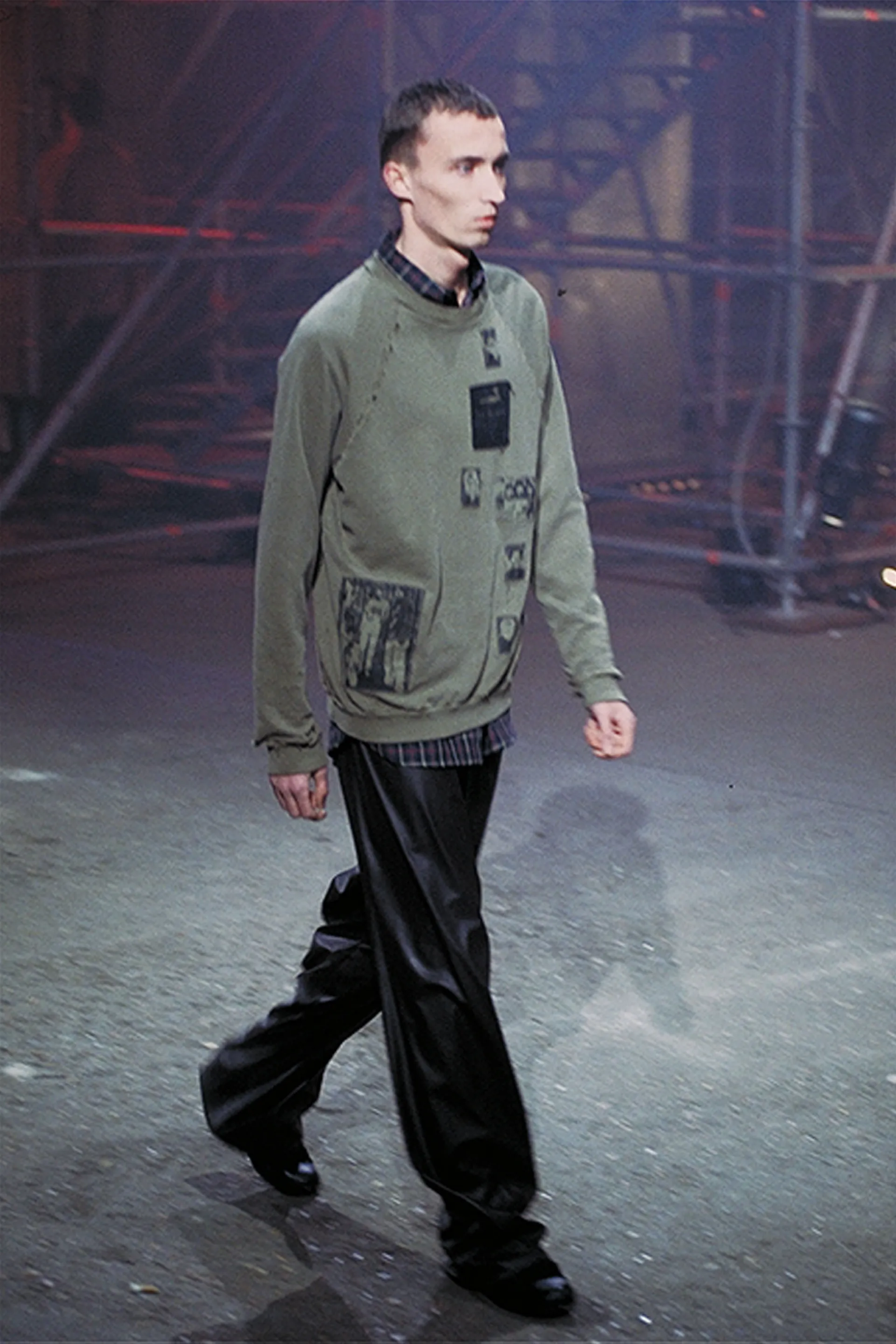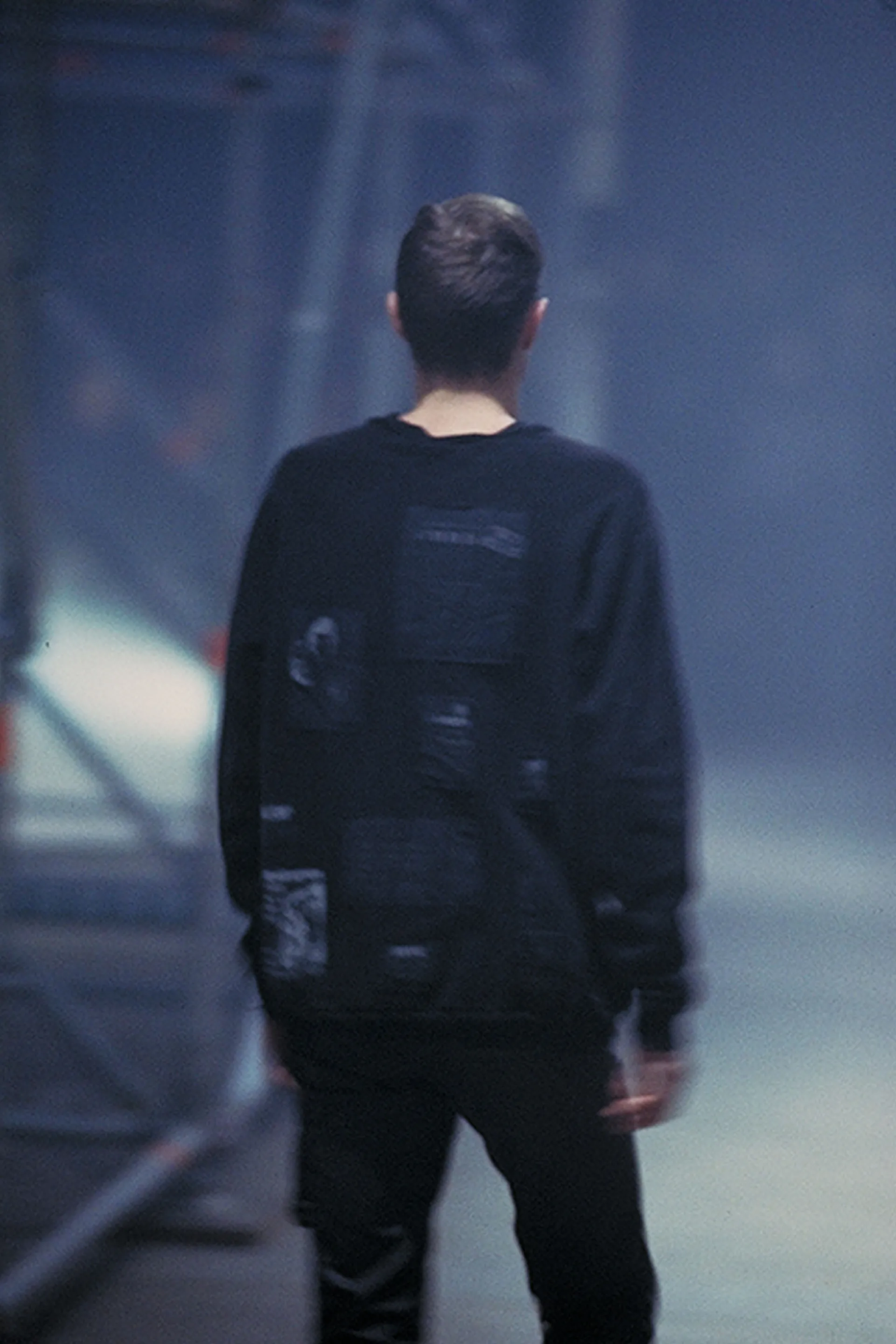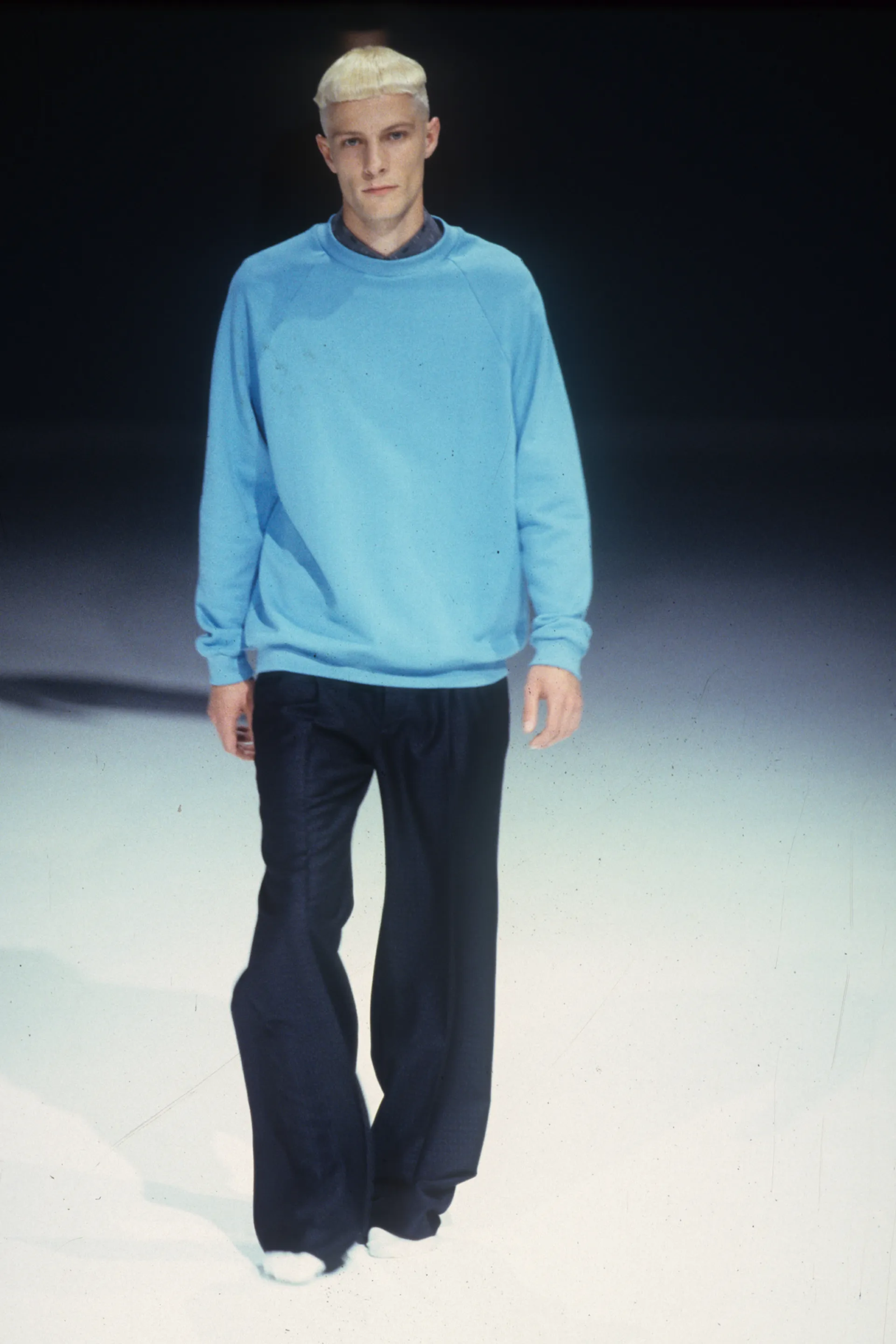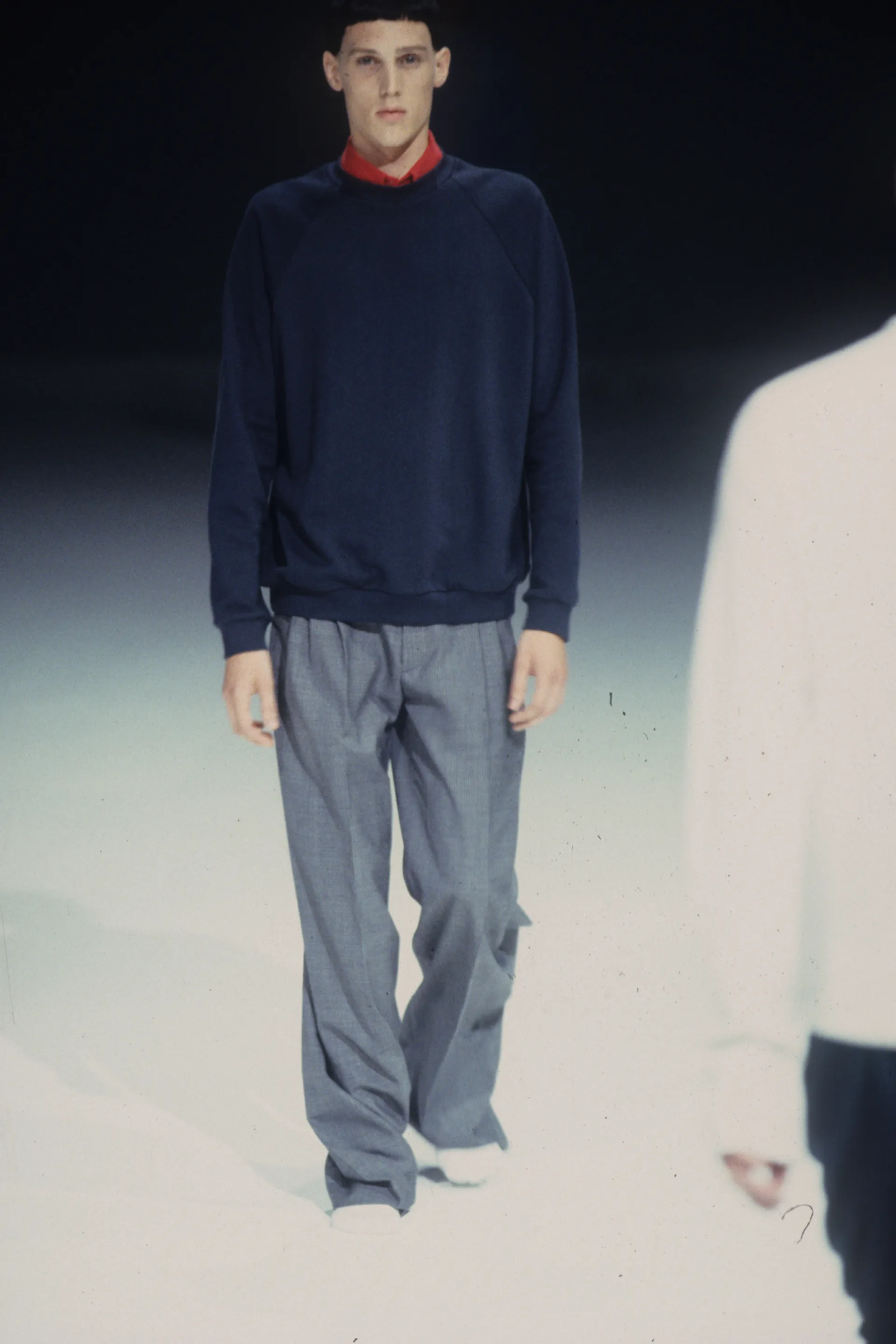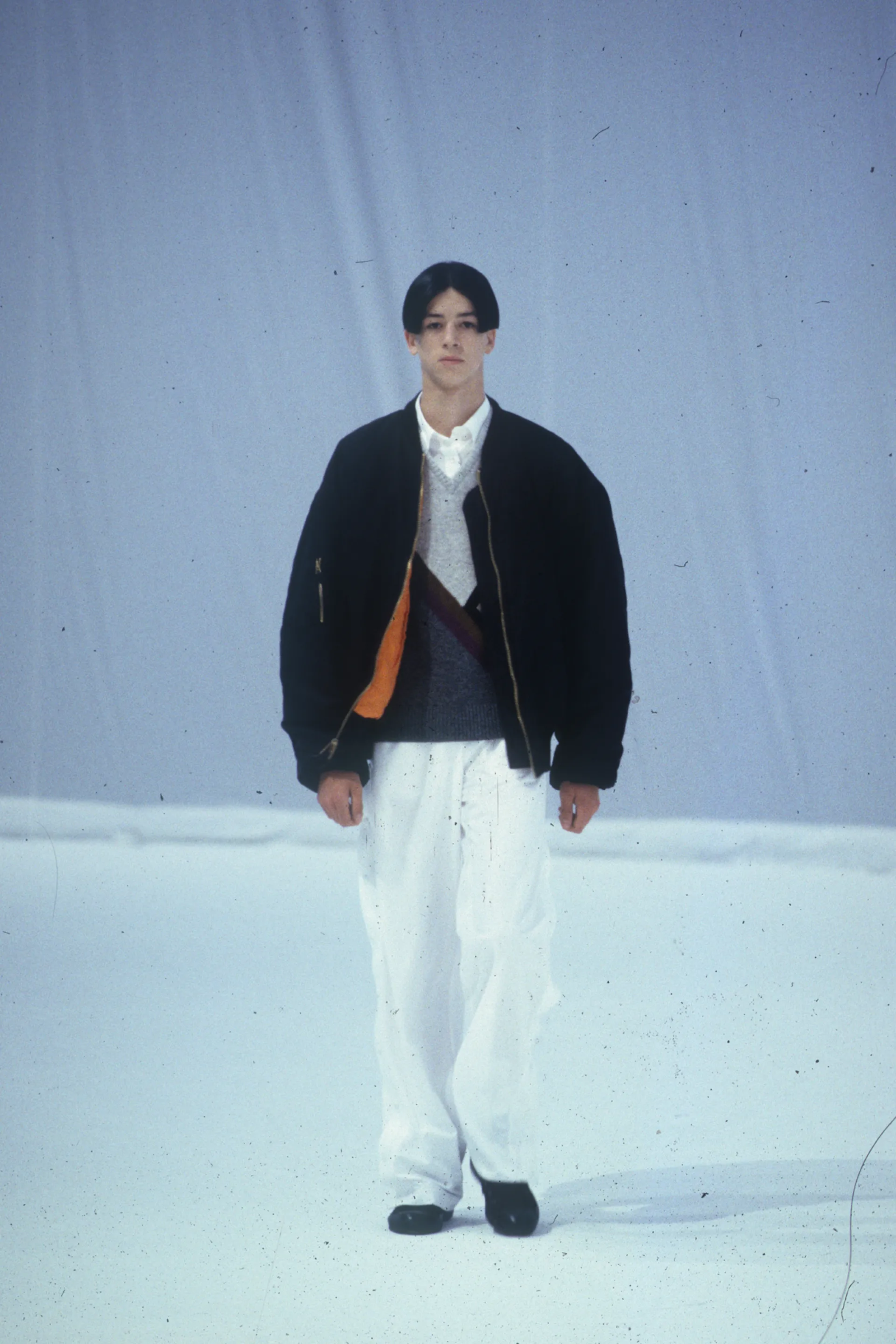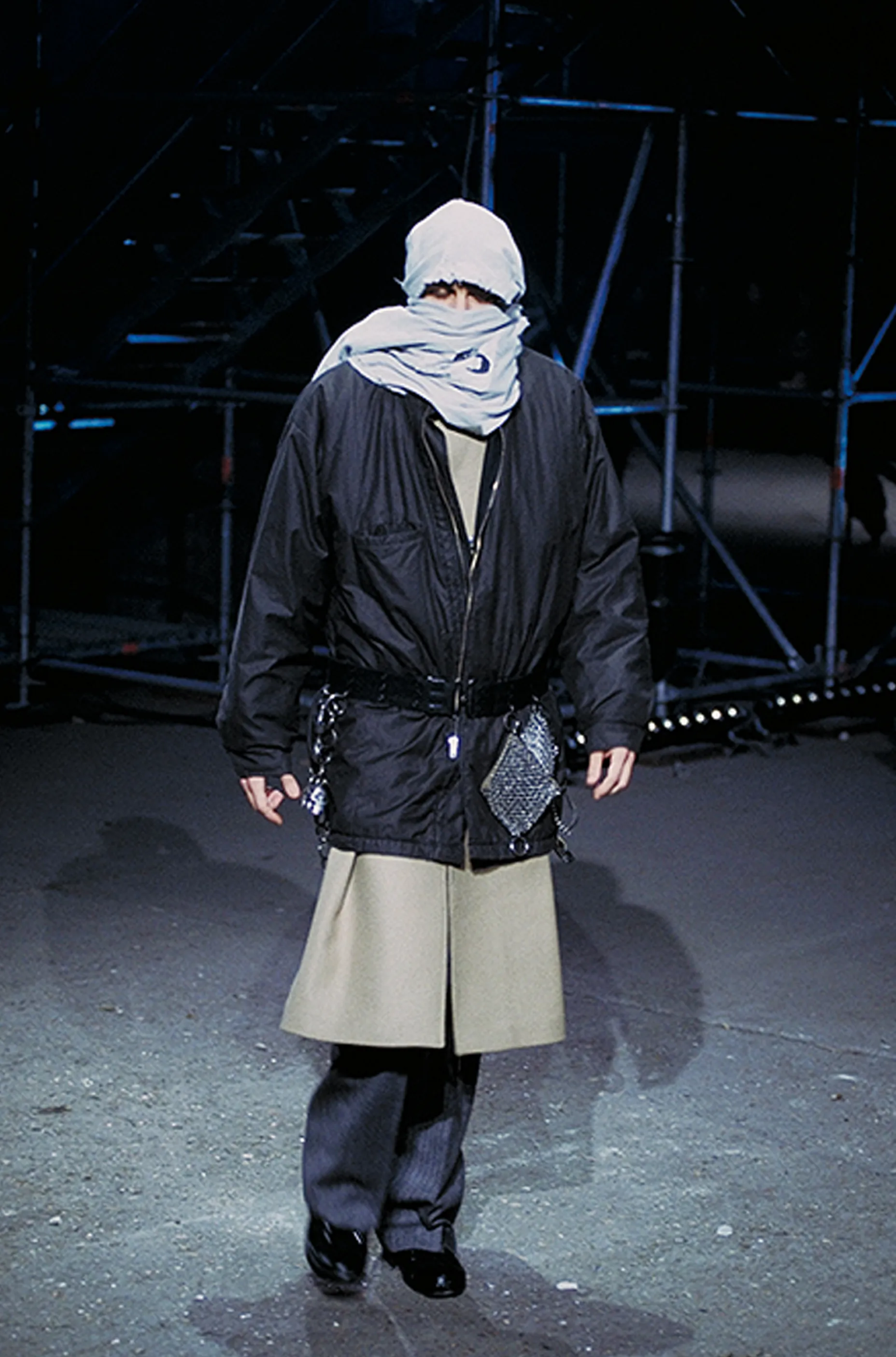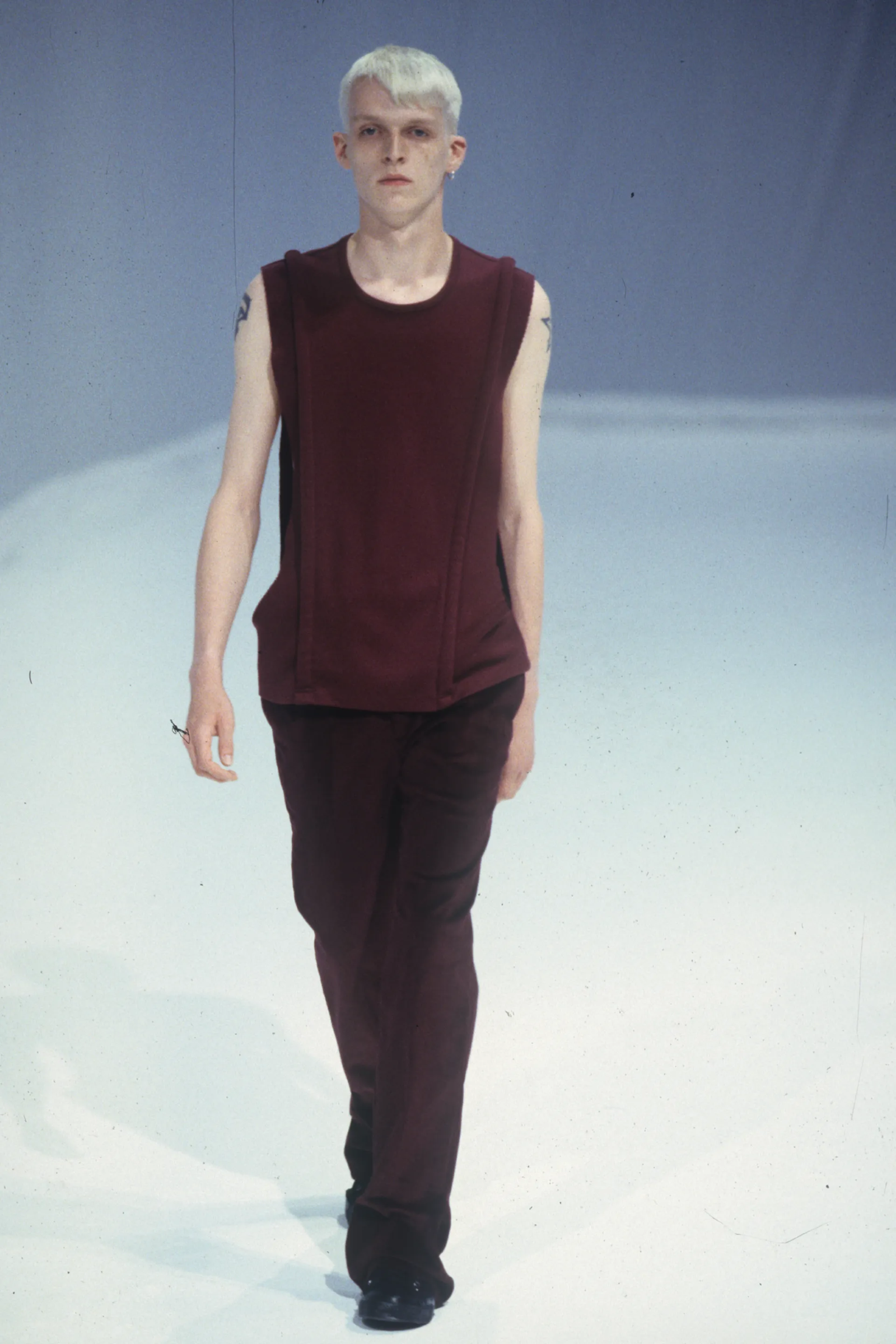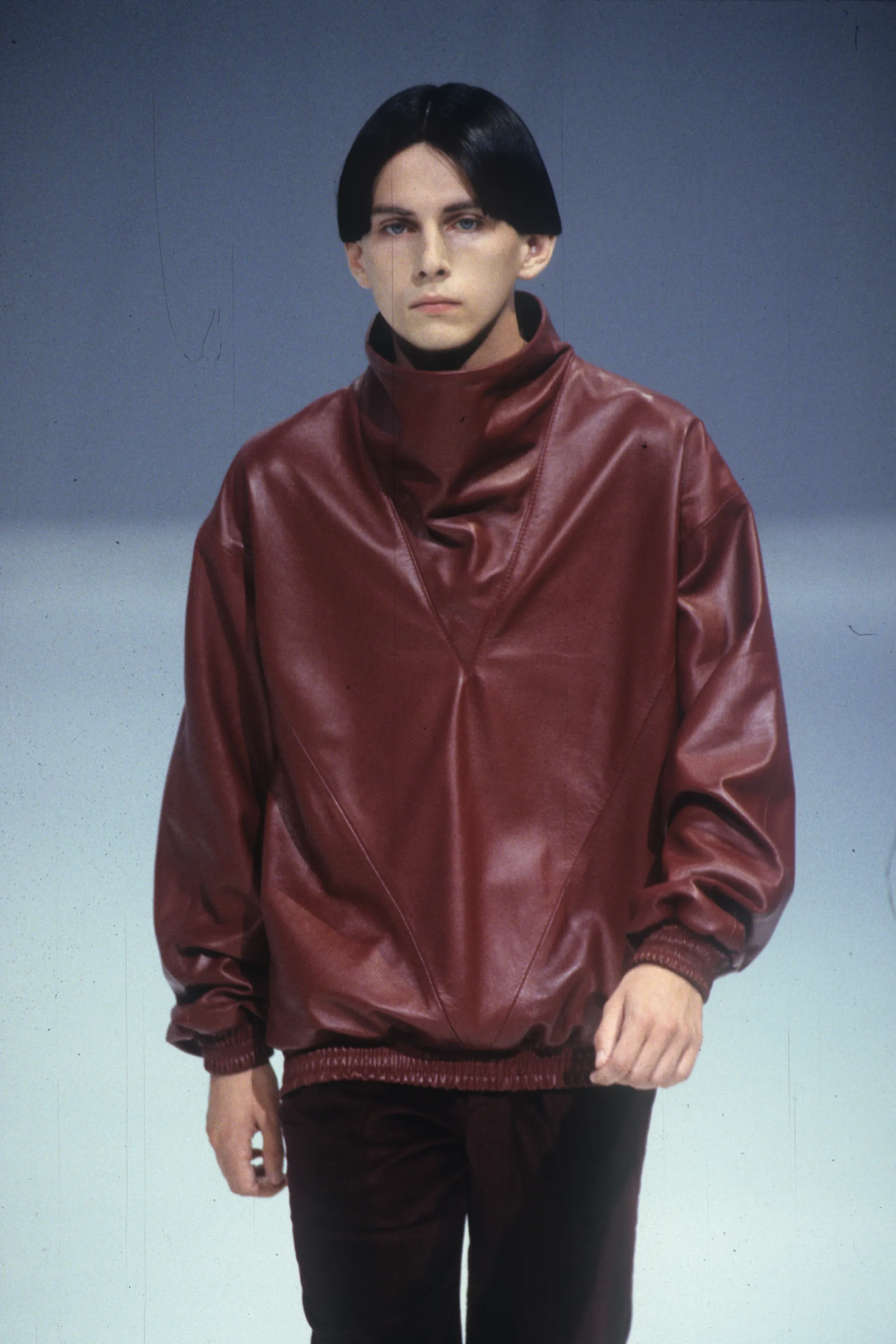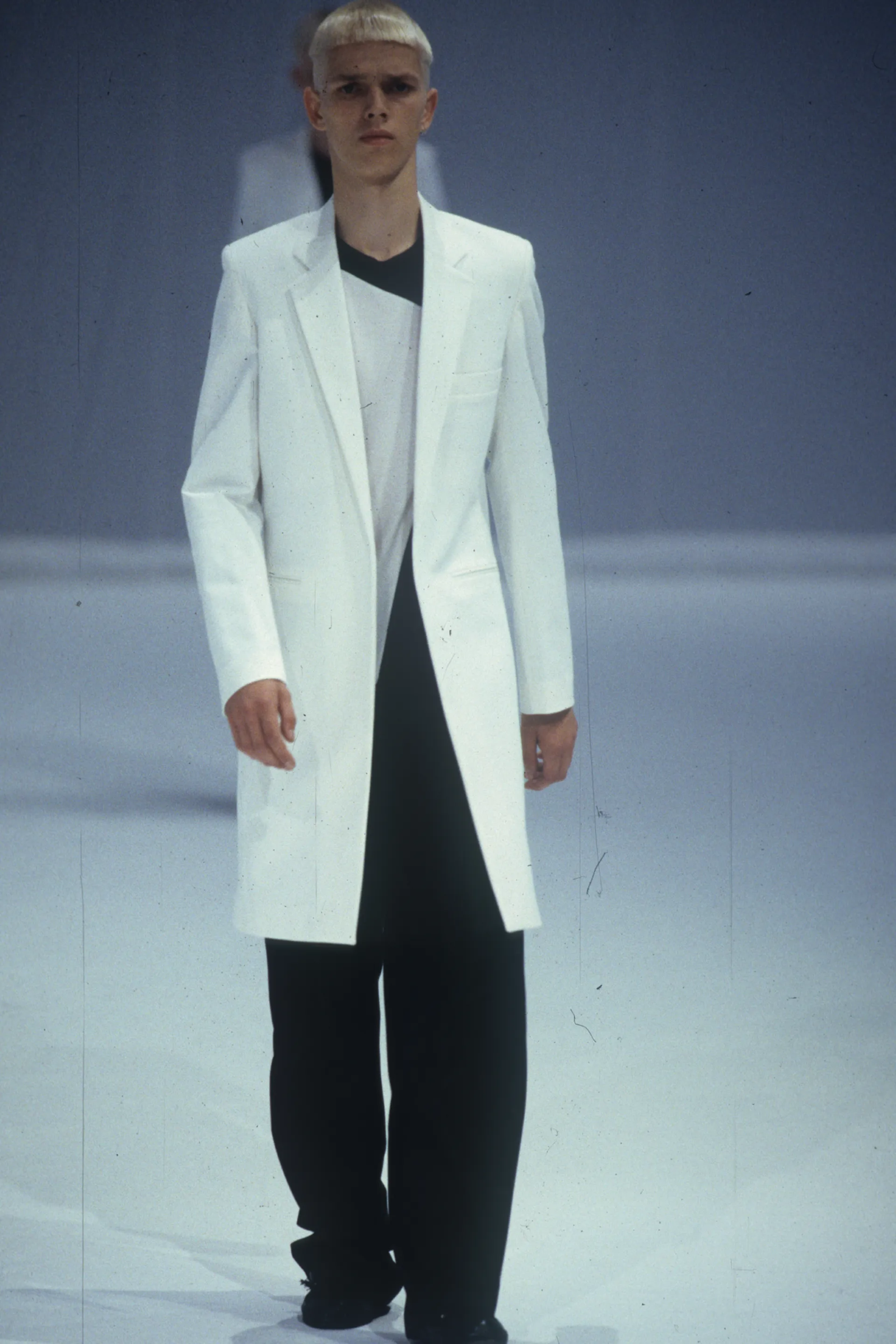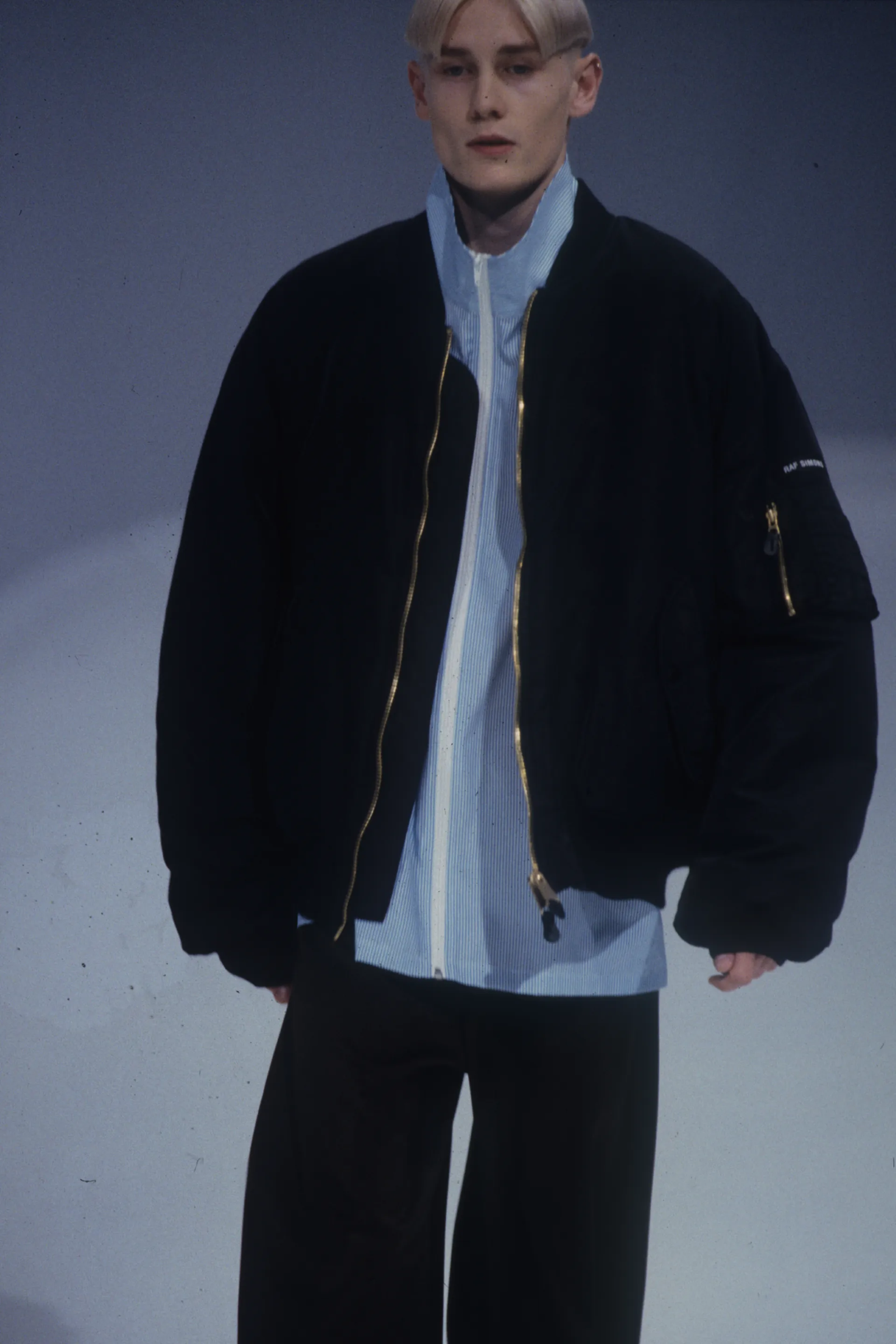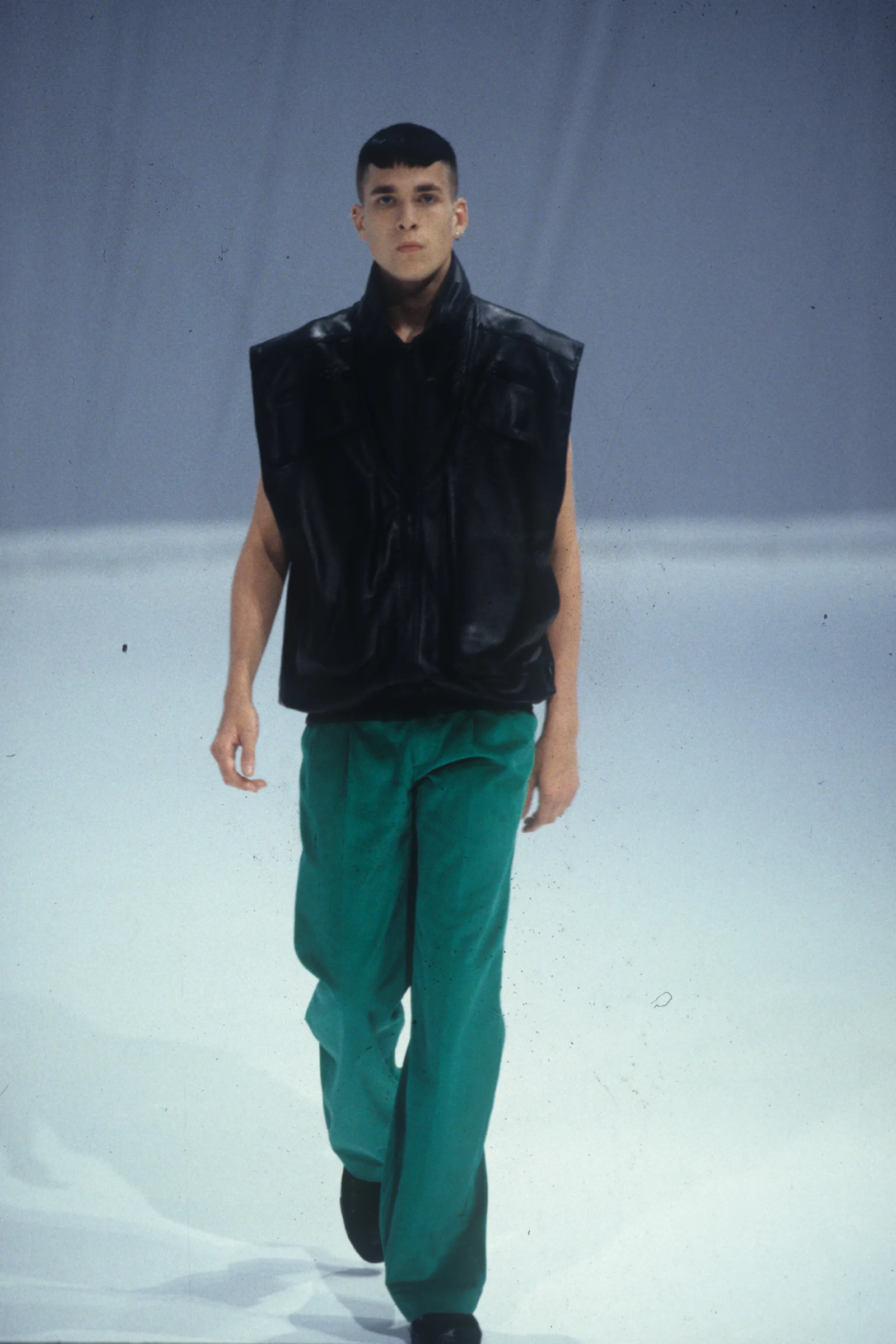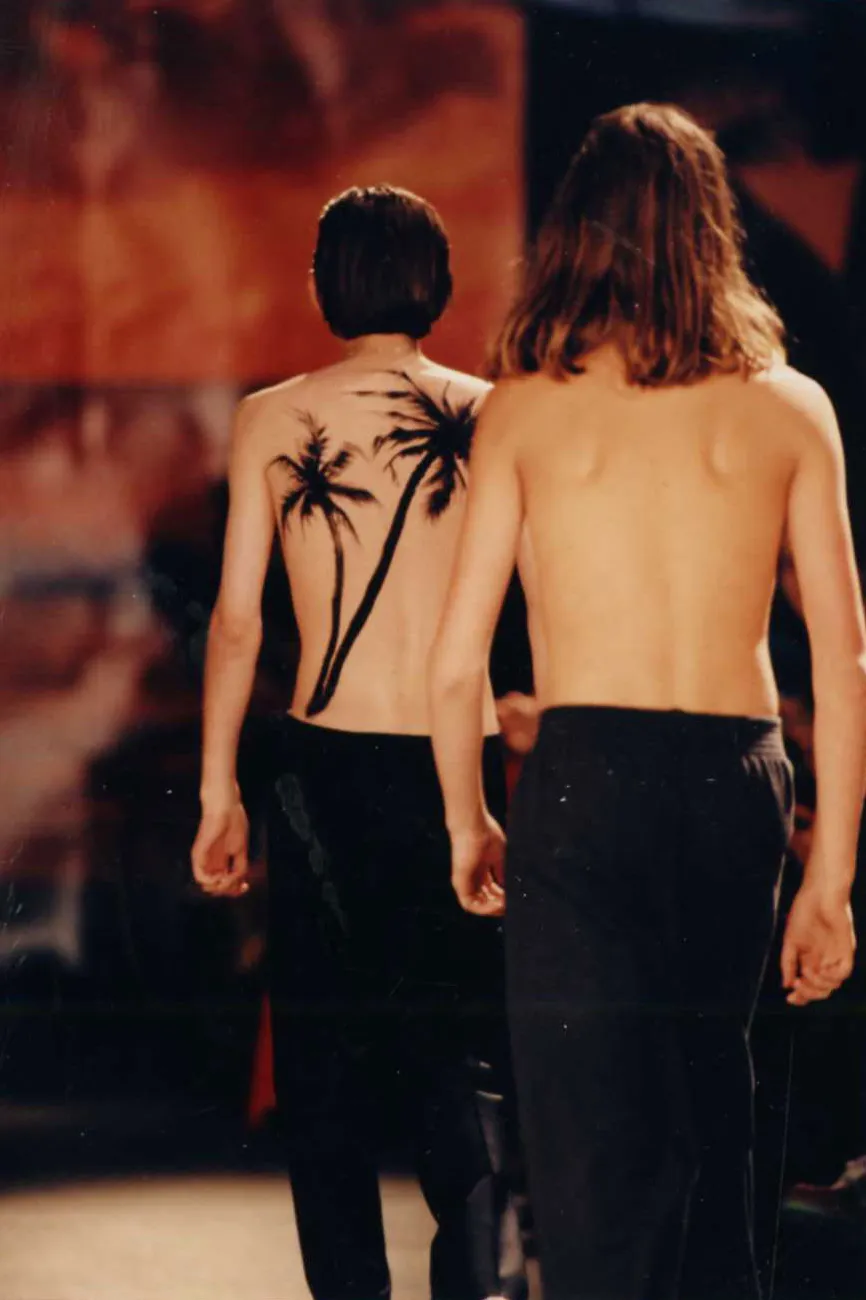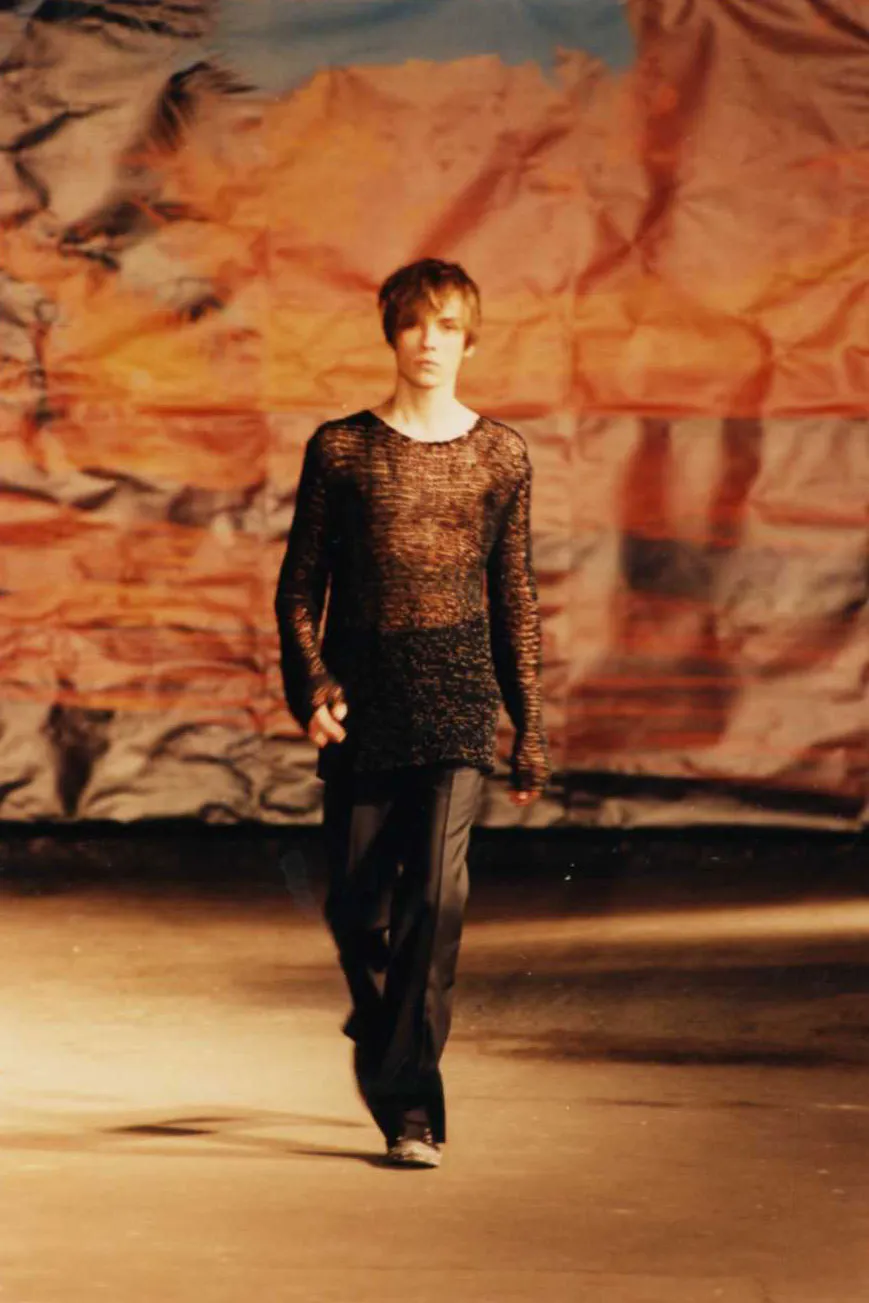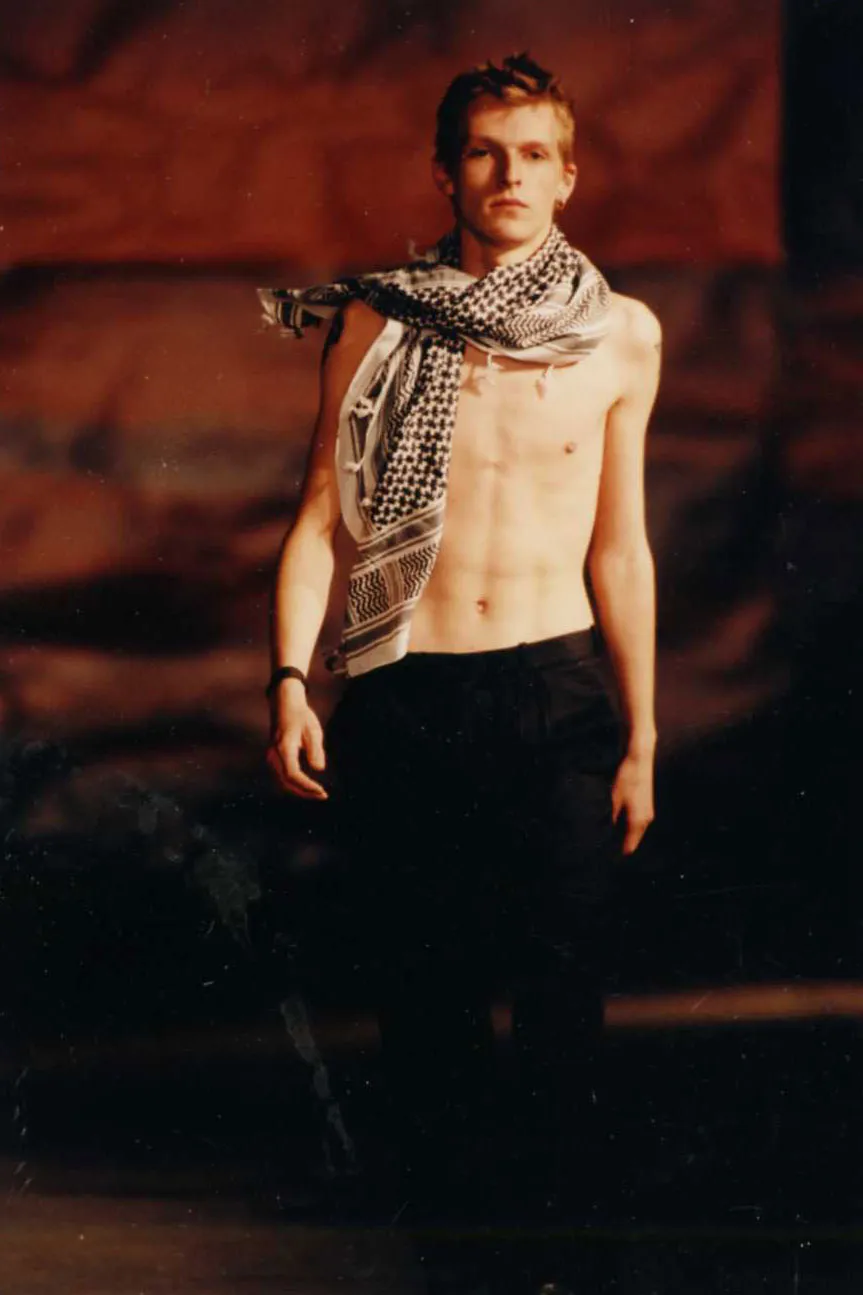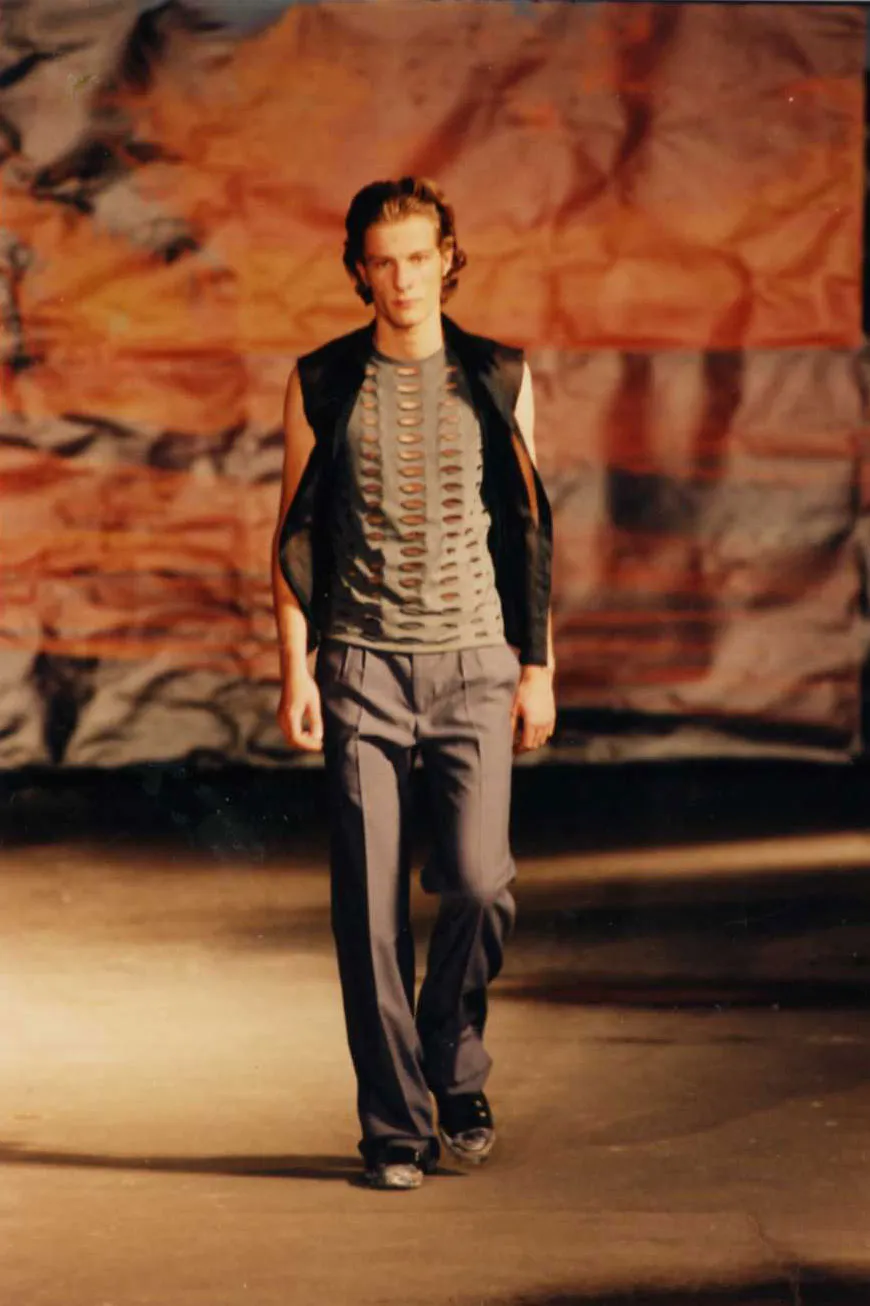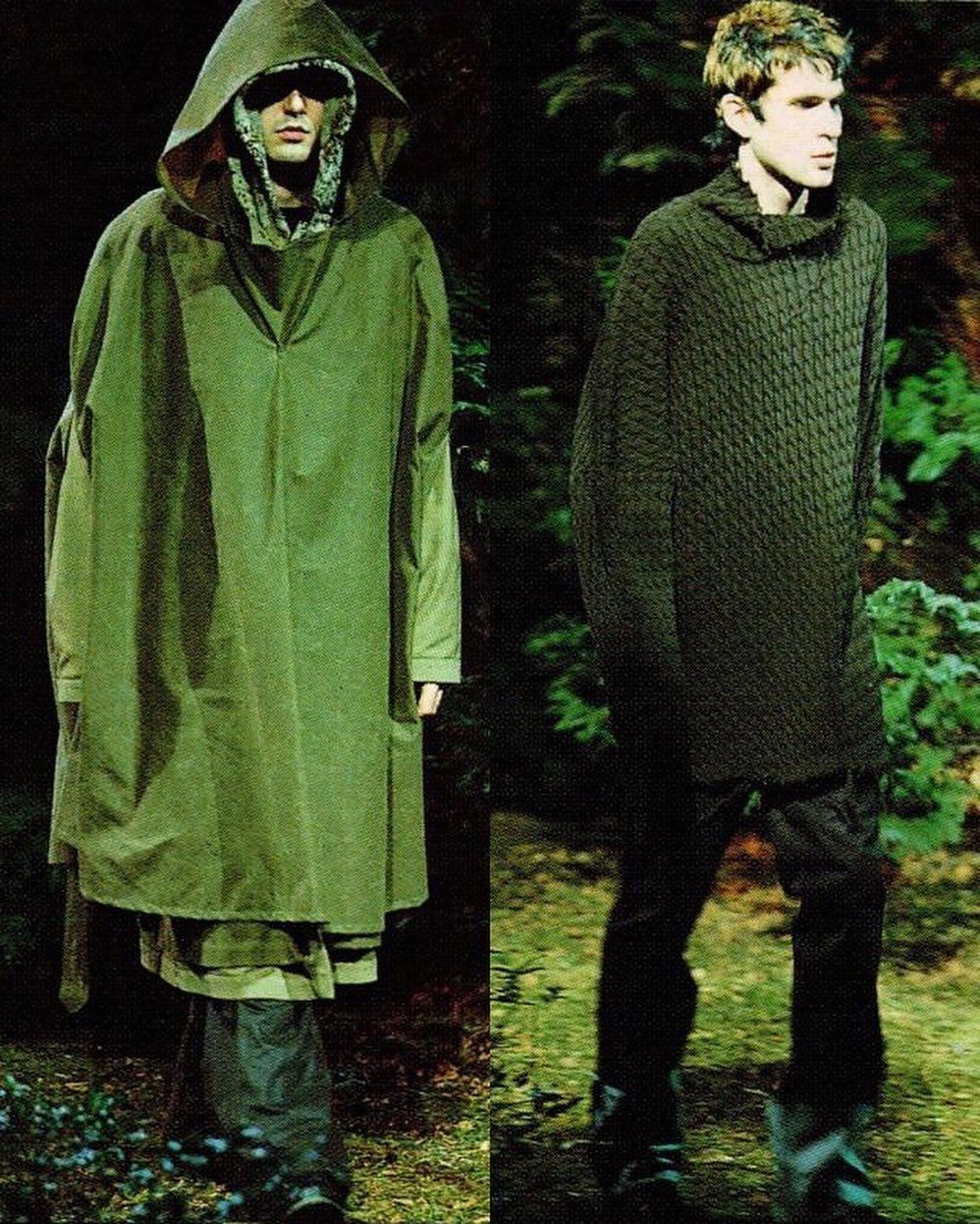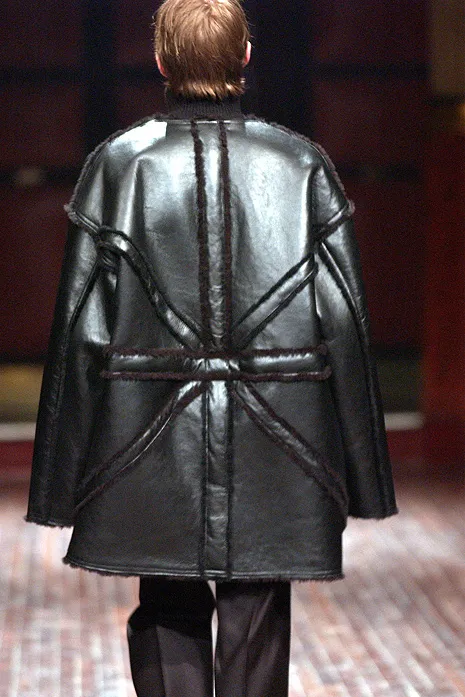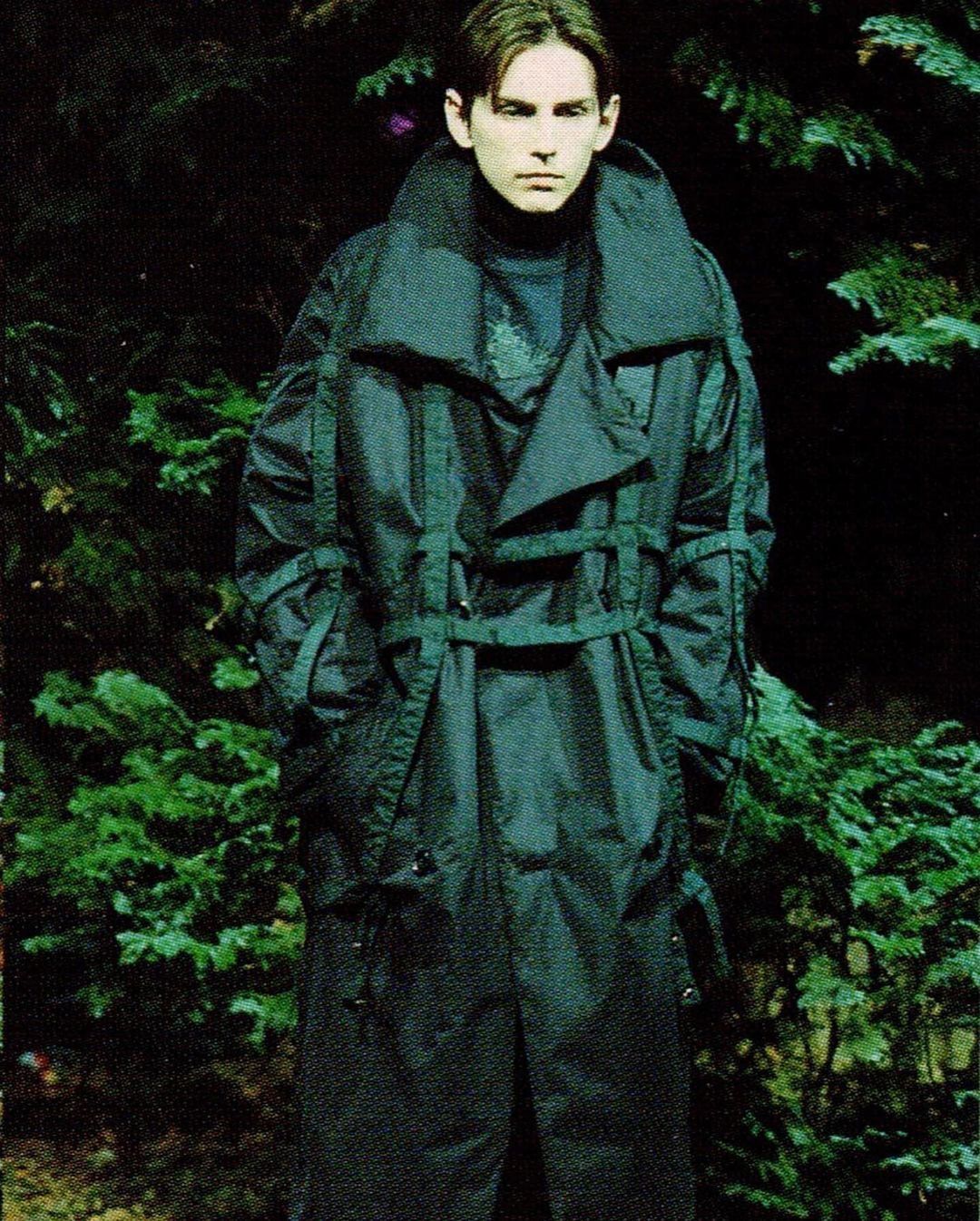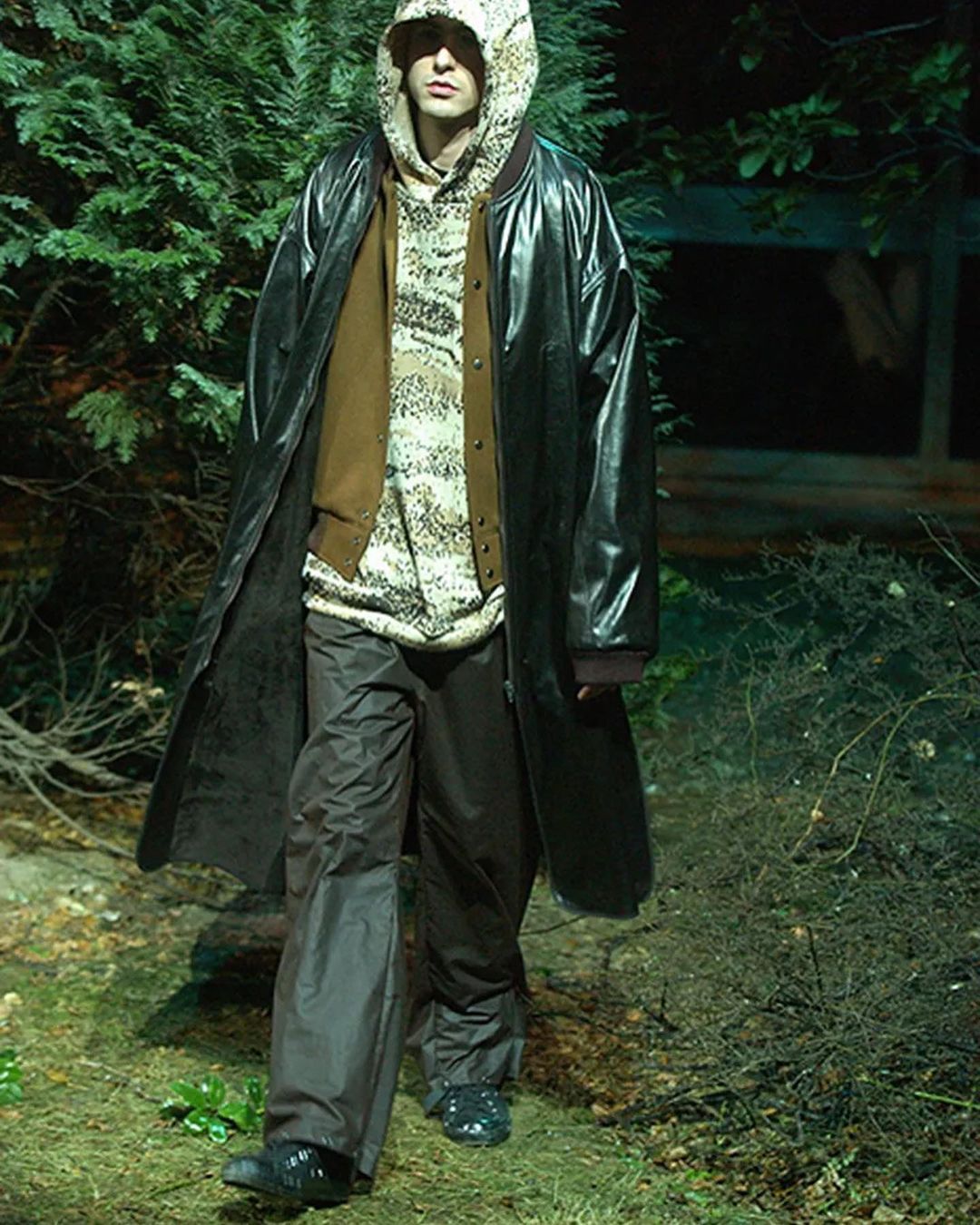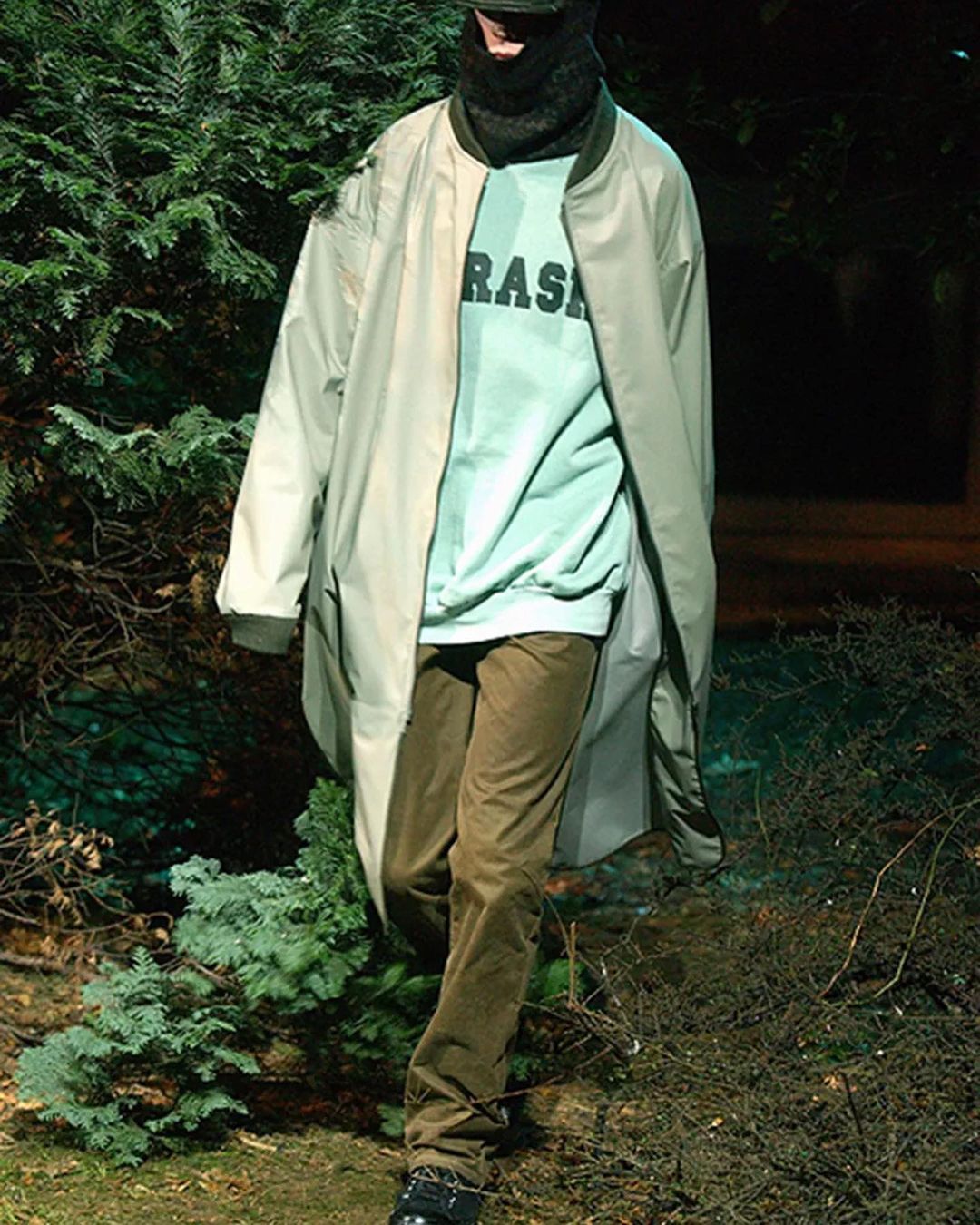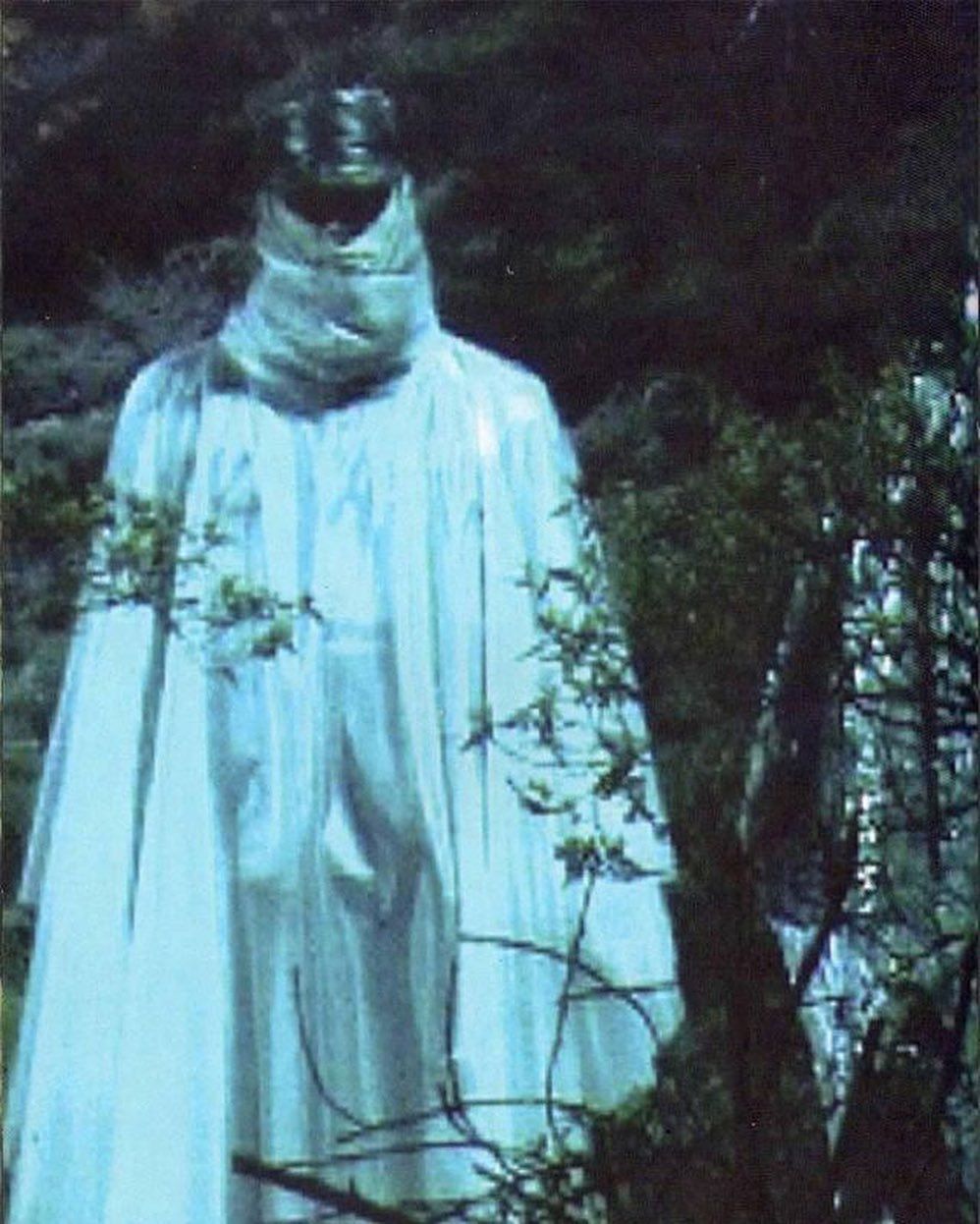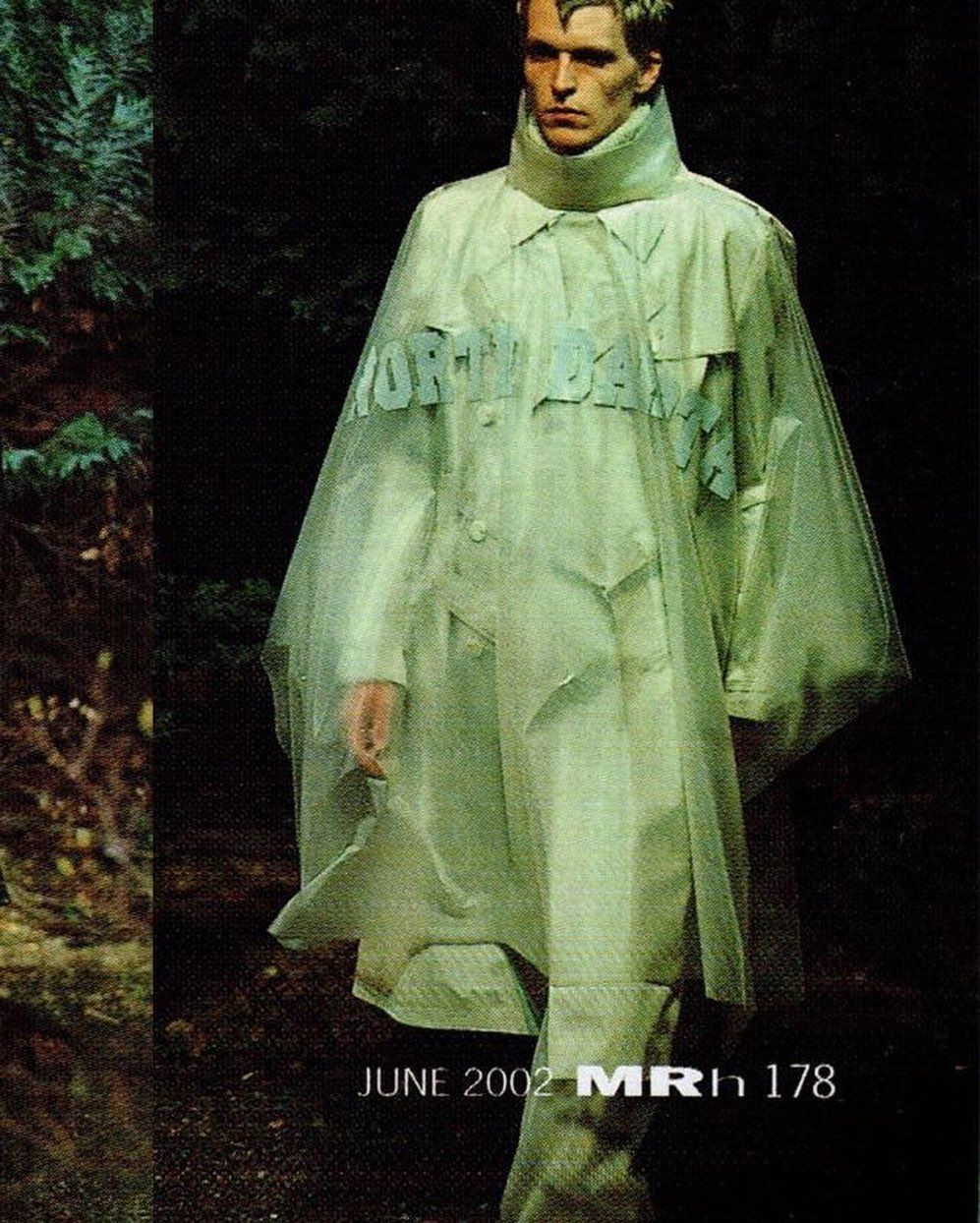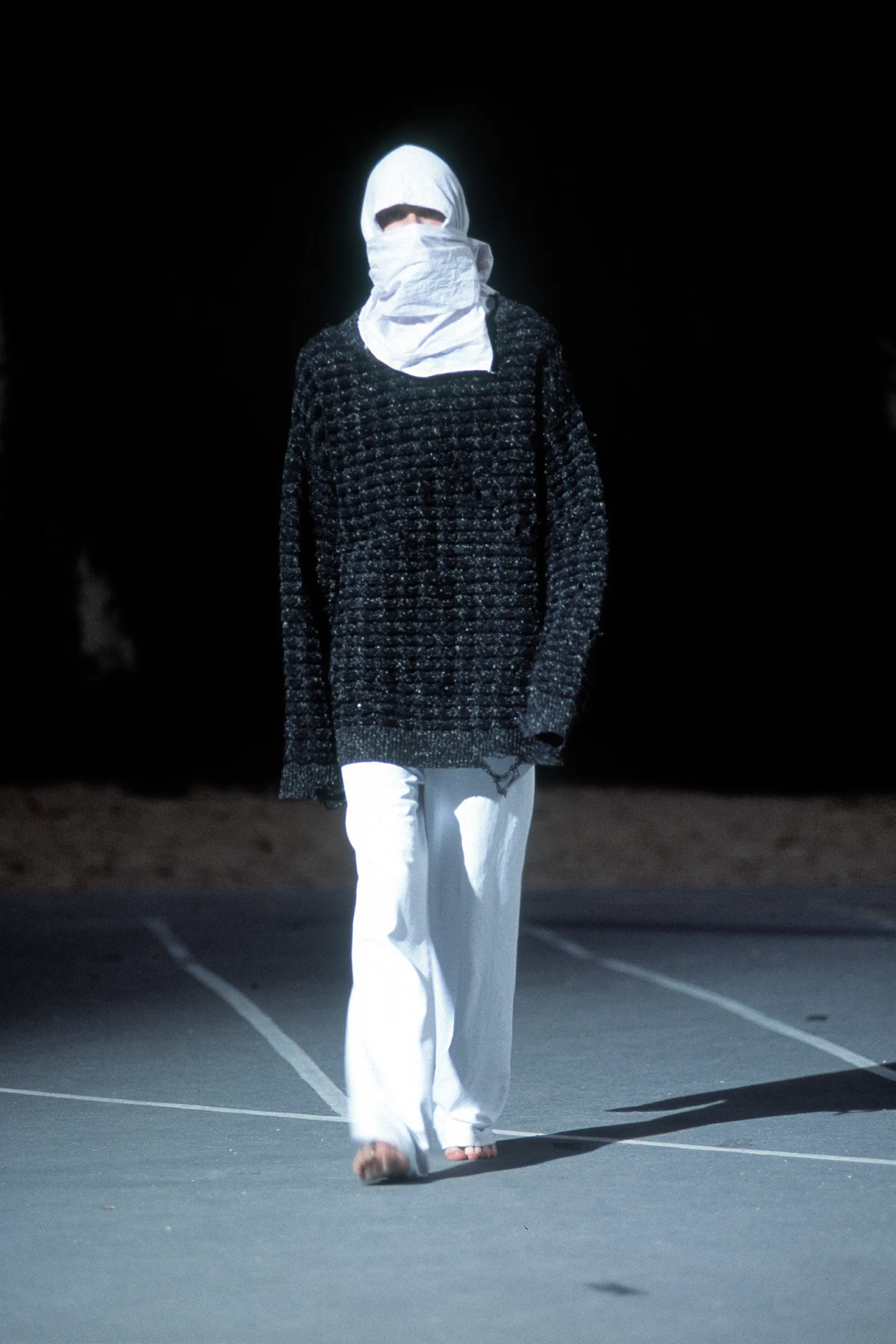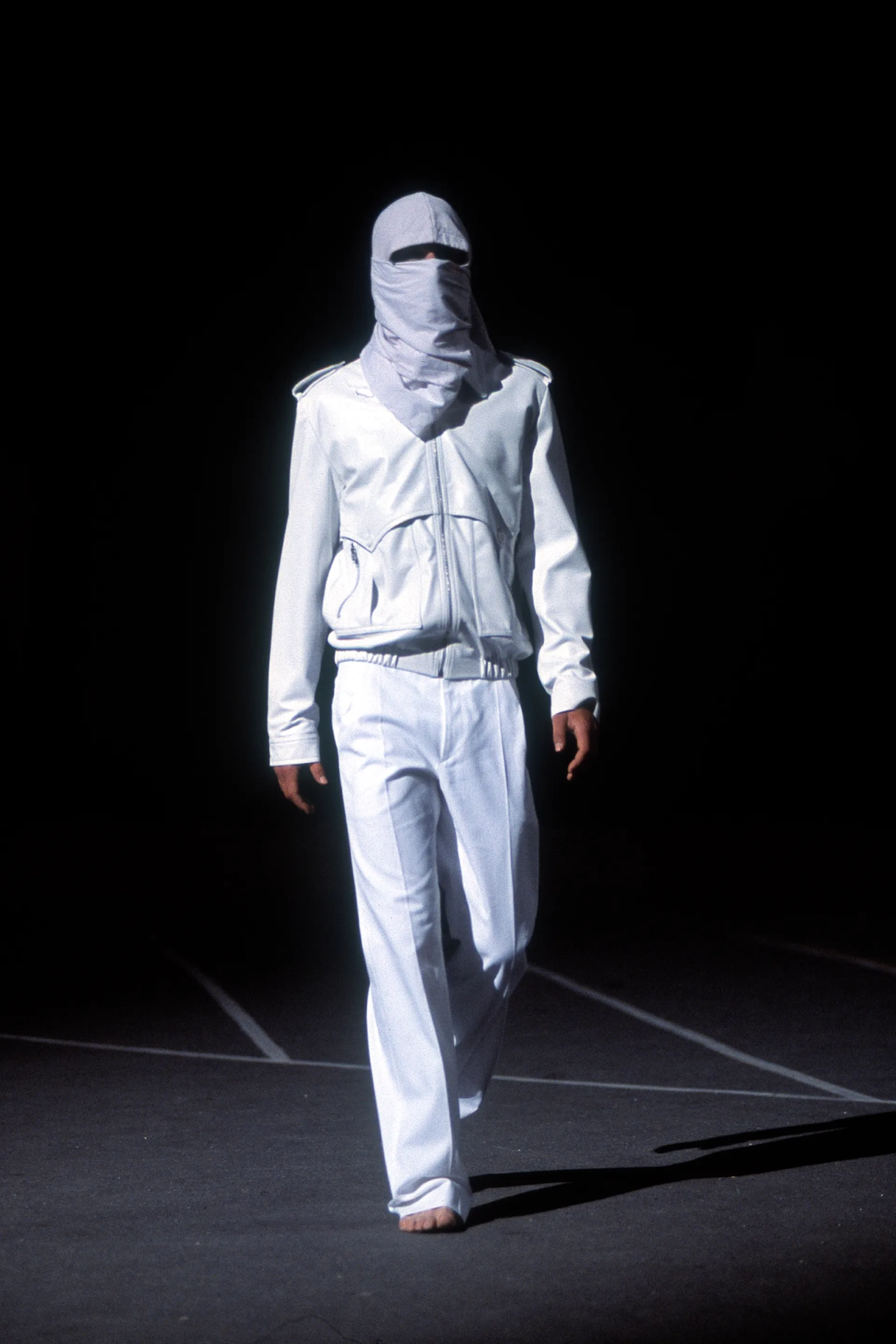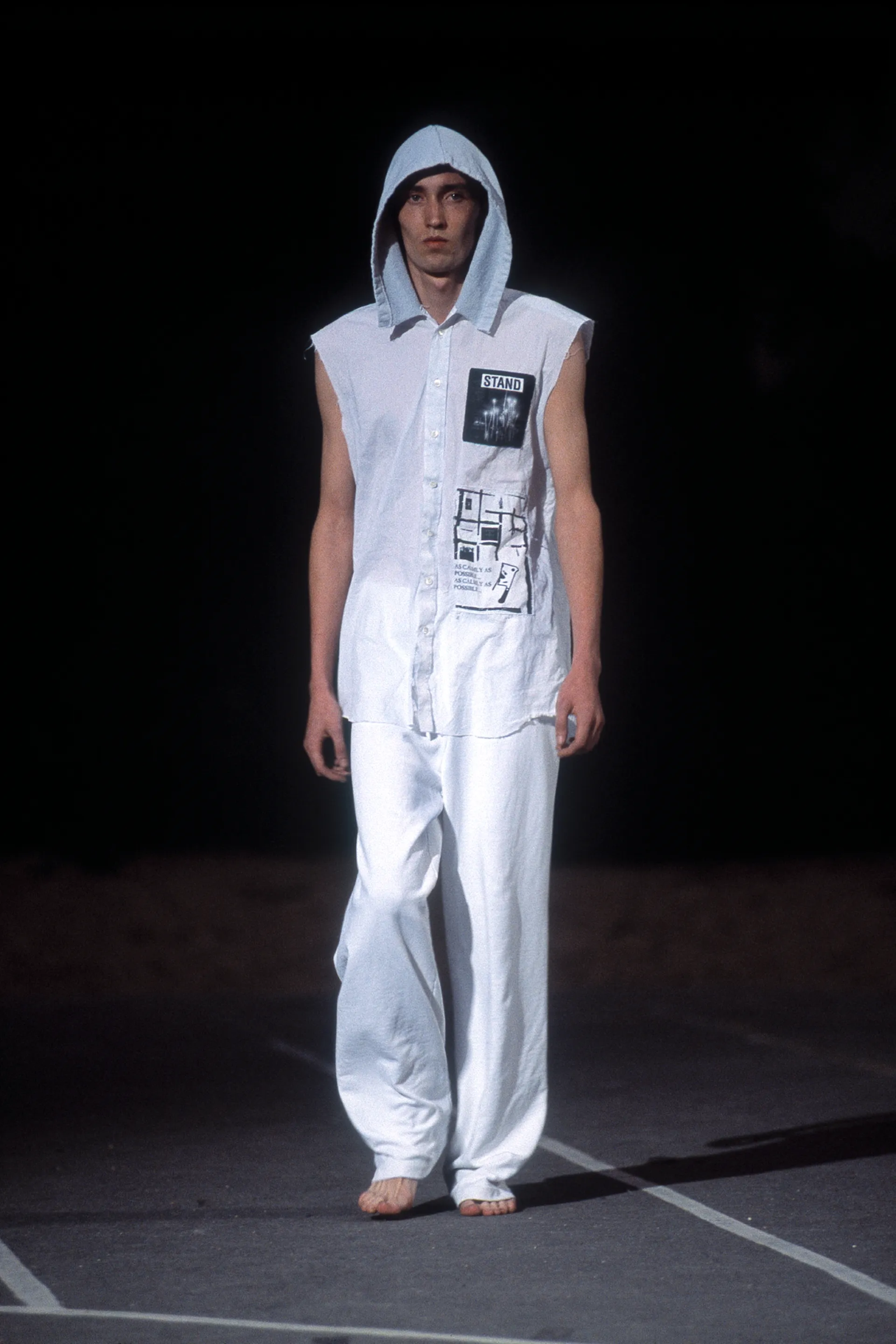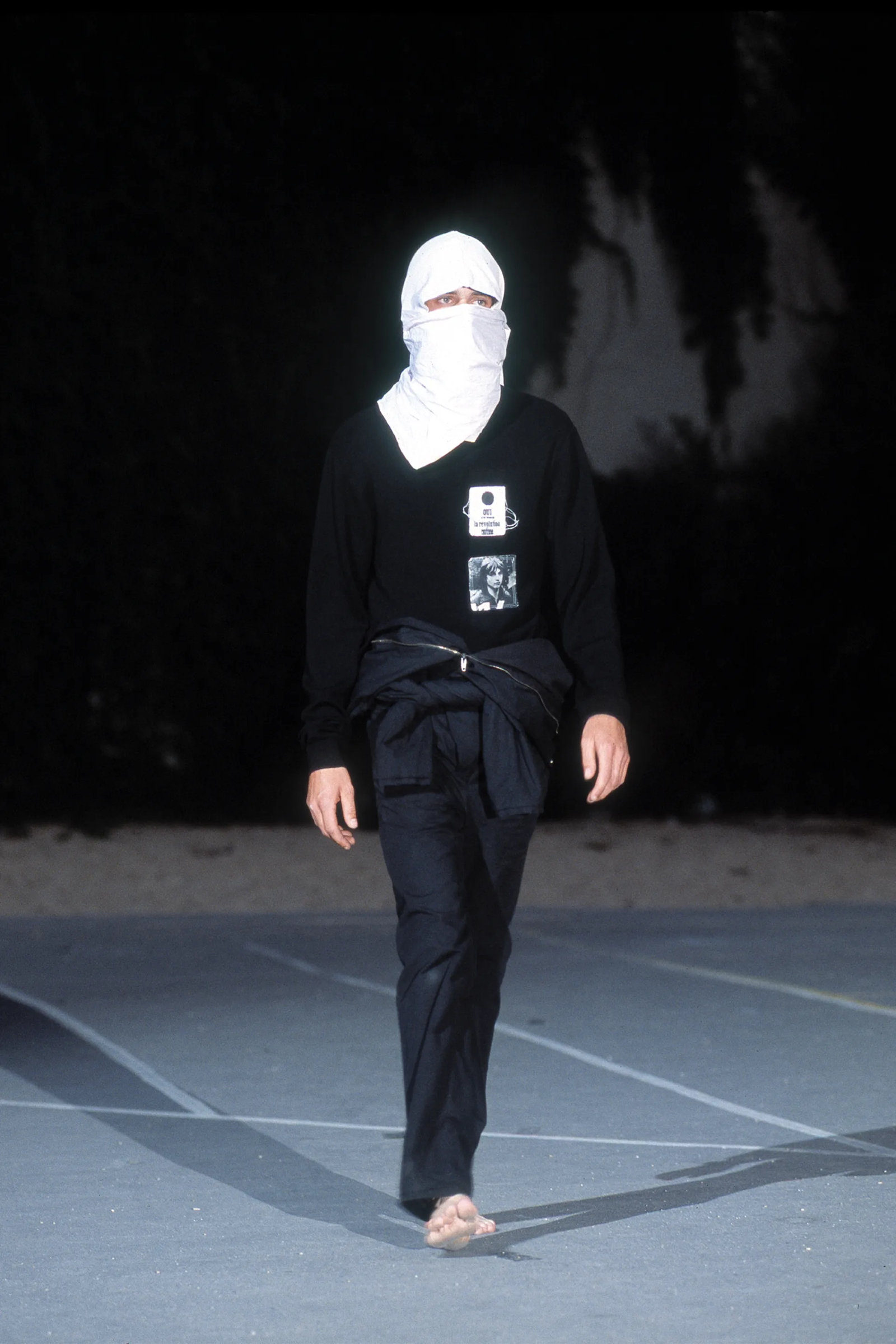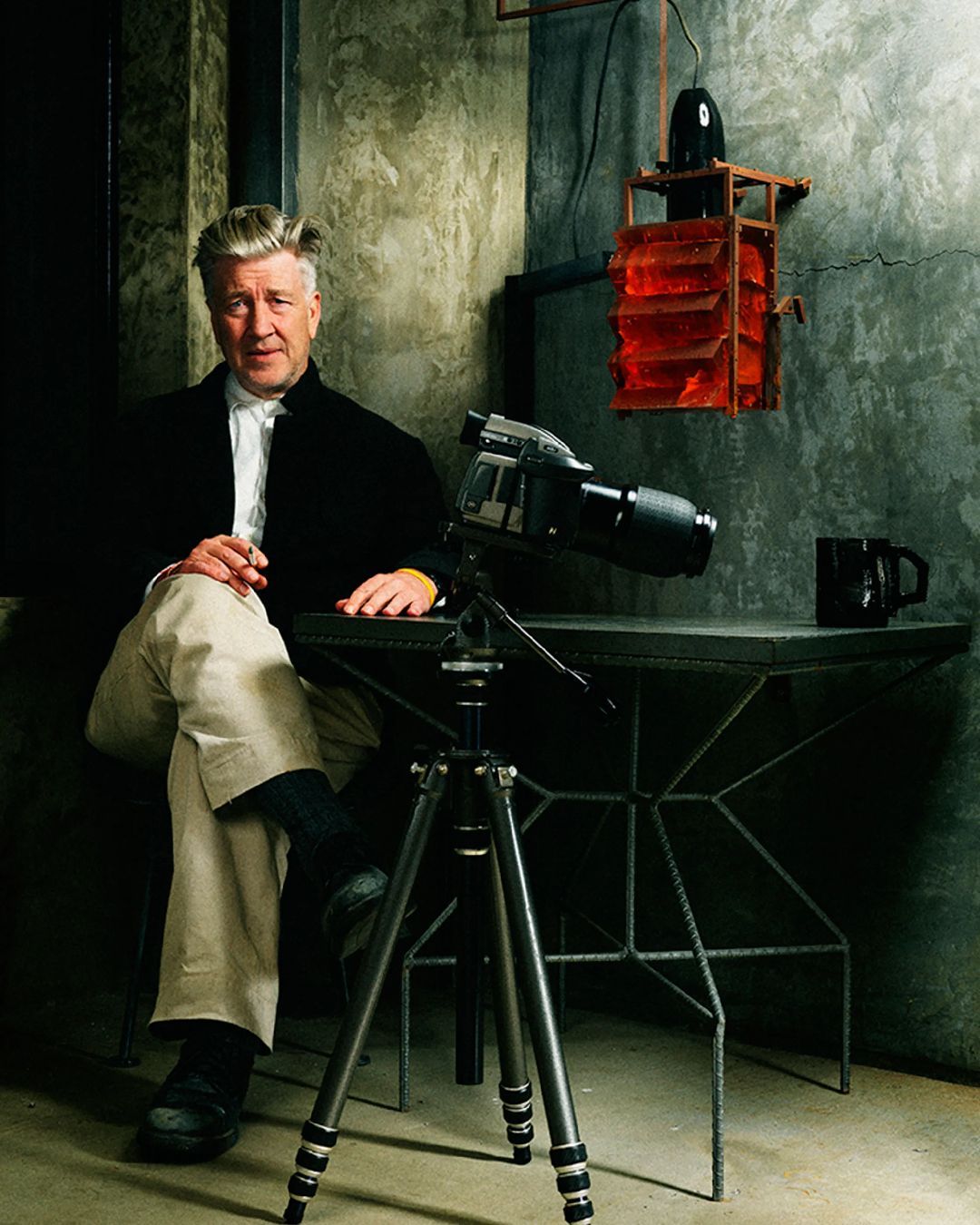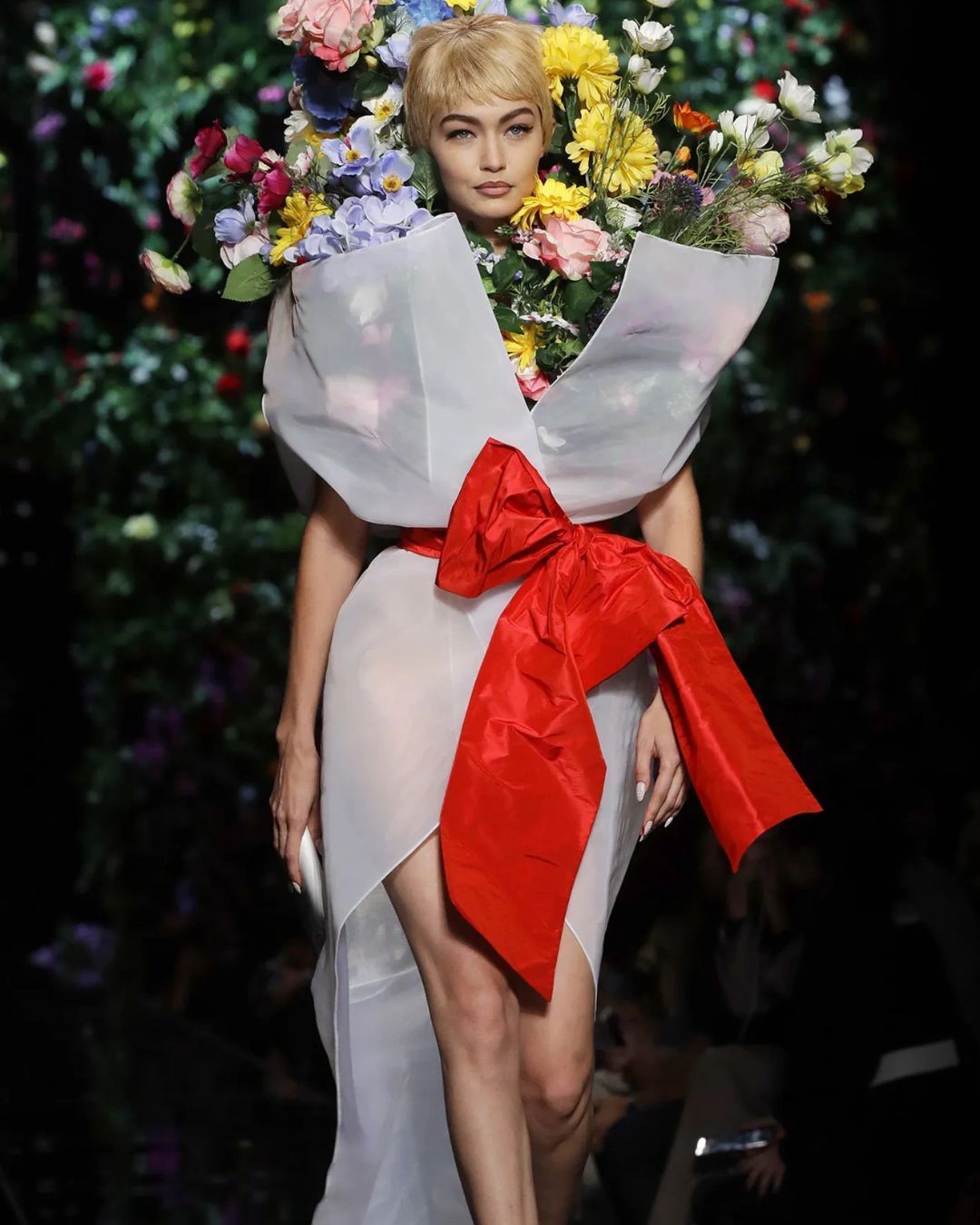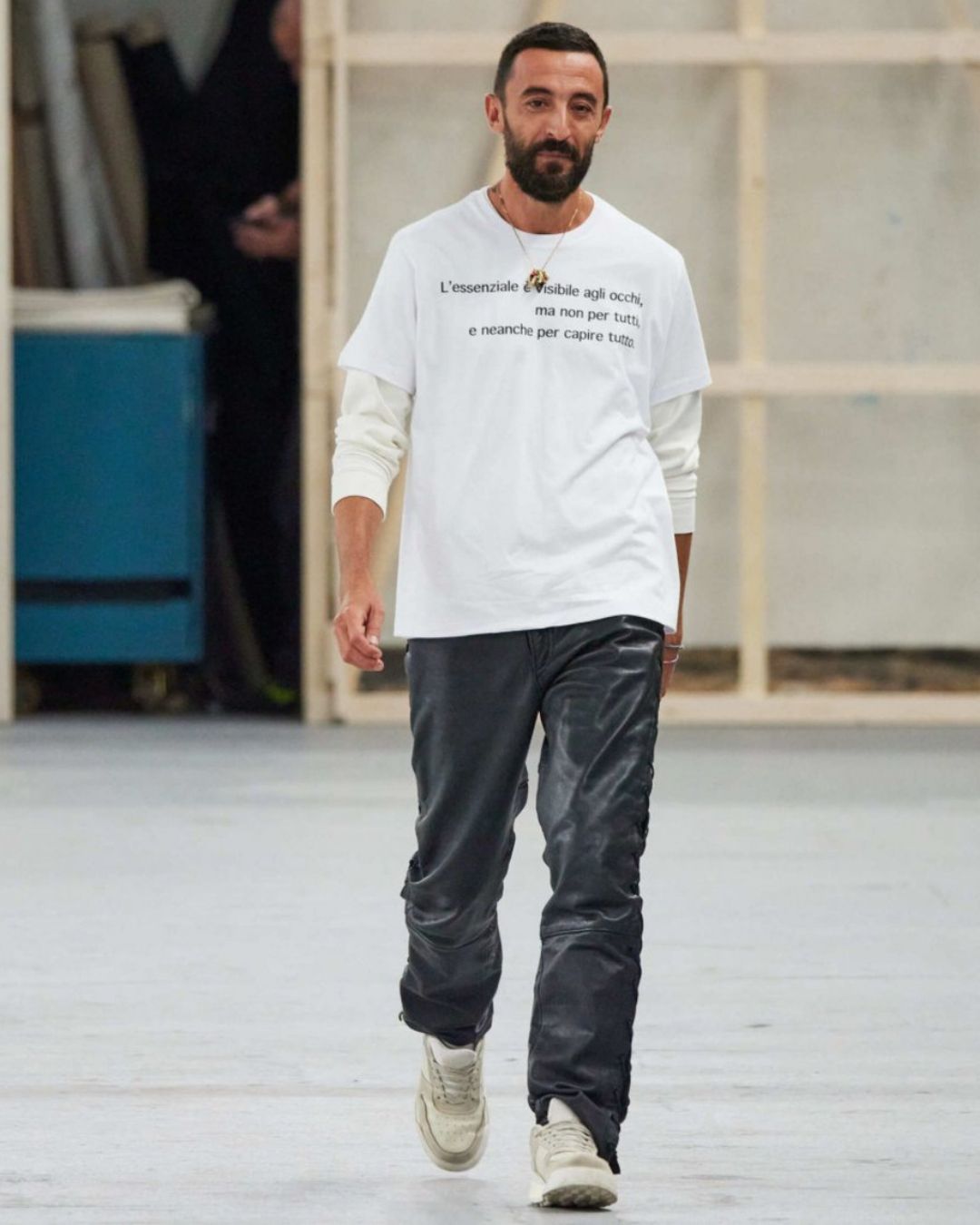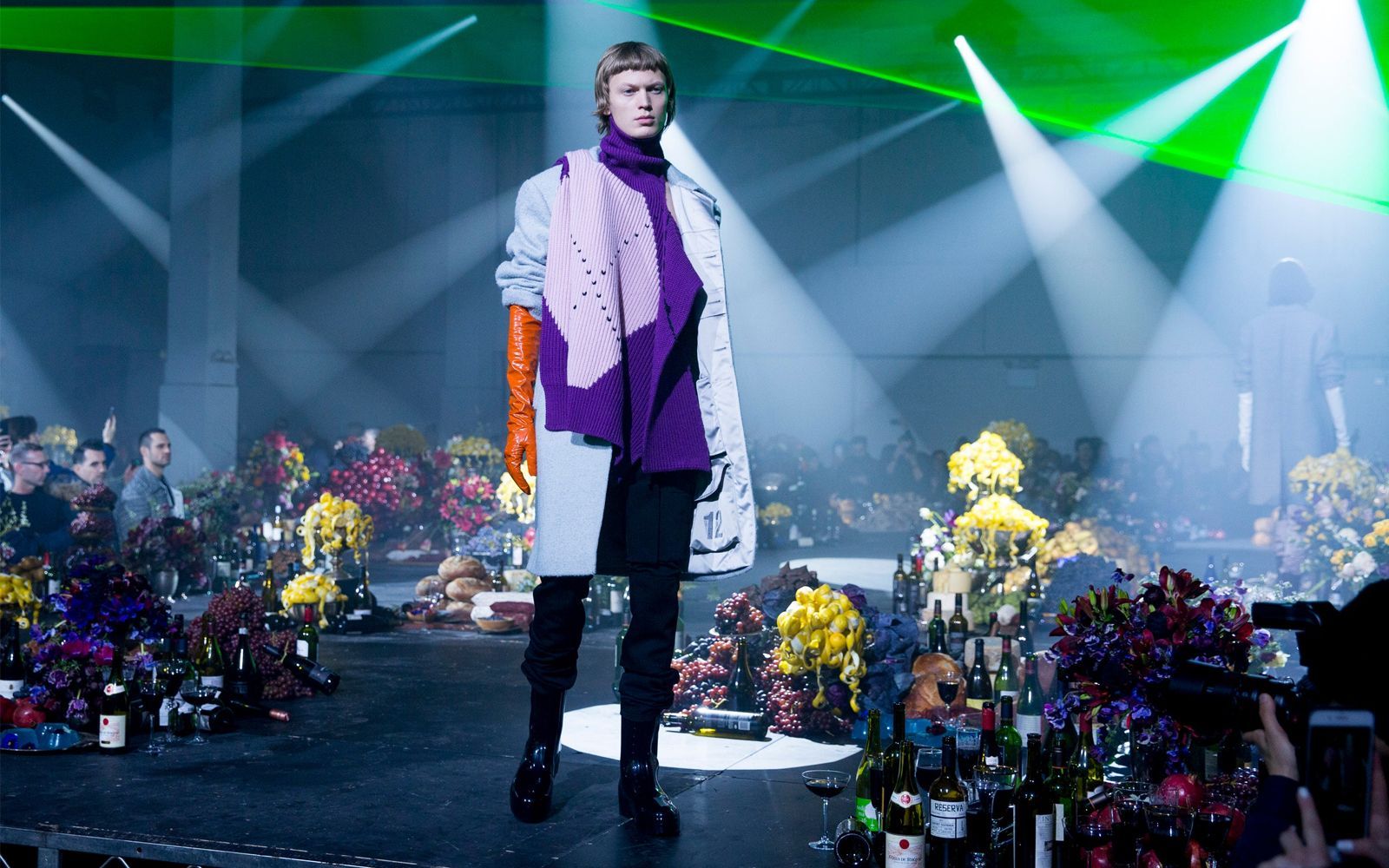
Raf Simons' 10 best shows Twenty-seven years to remember
Thinking back to Raf Simons' show held during Frieze in London, to the hugs bestowed by the designer on the audience, to the title Corps, Coda that recalled the desginer's very early work (the Korps series of furniture objects) accompanied by the musical term for the end of a composition, one could have predicted that it would indeed be the Belgian designer's last show and not his latest. By mentioning himself, and especially the SS08 collection, Simons took leave of an adoring public, not only closing the brand while it still possessed its own relevance, but also implicitly preventing his historic brand from coming to the same end as those of his spiritual masters, Lang and Margiela, whose lives continued without their creators. And while many assume that the brand's closure and full-time move to Prada hints at Miuccia Prada's forthcoming retirement from the scenes (a circumstance about which there is much talk but for which we are not yet spiritually ready, to be honest), the closing of Raf Simons' narrative arc as one of the most influential designers in fashion history compels us to look back at her highlights, her best moments.
Here, then, are the 10 best shows of Raf Simons' career
SS98 "Black Palms"
Featuring graphics by Franky Claeys and Jos Brands, a rabid soundtrack by The Sisters of Mercy, and above all a parade of models as young and skinny as toothpicks, the Black Palms show represented the first and major shift in Simons's creative direction from the lean, edgy formality of his debut collections to a silhouette that was both simpler and more cerebral, in which figured dirty sneakers, sleeveless T-shirts printed with anarchist symbols and graphics of old rock bands, mixing the poshness of tailored lapels with reminiscences of the skate world and a punk aesthetic cleaned up and reduced to its lowest denominators. More than any other Simons collection, however, this one brought real teenagers to the runway for the first time (casting was done through radio advertisements) who, with their nervous fragility, their undone and exhausted beauty, and the androgyny of their physiques, proposed a model of masculinity quite different from that of the muscular, gangly menswear models of the time.
SS00 "Sum Cum Laude"
A perhaps less explosive and seemingly cleaner and almost ethereal collection than Simons, Summa Cum Laude compacted into a series of looks with crystal-clear and almost surgical execution a number of references to the world of 1980s gabbers, a vague parody of the glossy image of teenagers of that era, references to the dark side of that generation suggested by references to the iconic horror film Friday the 13th, and a love of vintage graphics in sublimated colors. Speaking of colors, these, along with the streamlined silhouette and roundness of military bomber jackets, defined the fundamental stylistic features of all the other collections that would come in the next twenty-two years.
FW01 "RIOT! RIOT! RIOT!"
A masterpiece of styling, the holy grail of archival fashion, a high point but above all an emulated one, Simons' FW01 show represented a watershed for the designer who, as an independent star of the Belgian scene, entered the mainstream fashion discourse with all his acid and anarchic charge. Organized after a one-year sabbatical from fashion, inspired by the hyper-stratified outfits of Eastern European teenagers and rejecting his classic skinny, sharp silhouette, the show brought before the eyes of the world clothes so big they looked like tunics, graphic embellishments that anticipated his obsessions (Christiane F., bands like Sonic Youth and Joy Division) and rejected that idea of formal menswear that, years later, represented one of the first entries of streetwear on the Paris runways.
SS02 "Woe Onto Those Who Spit On The Fear Generation...the Wind Will Blow It Back"
If Riot! Riot! Riot! was a triumphant entry and one of the high points of his career, Simons' SS02 not only doubled the charge of youthful resentment and aggression but anticipated the dense cultural climate of fear that would erupt that same year after the tragic 9/11 terrorist attacks. The models were masquerading as rioters, advancing wielding hand-to-hand fires like flashlights; the red and white colors spoke as much of a hyper-sublimated concept as they did of an urban uniform that looked like something out of the nearby banlieues. The famous Kollaps sweatshirt, along with numerous other graphics, made its debut in this very collection, whose resentful and bitter moods were summed up by the motto We are ready and willing to ignite, just born too late.
FW02 "Virginia Creeper"
After the previous show's sense of rage and revolution, Virginia Creeper evoked an entirely different mood: dark, introspective bordering on the disturbing, focused on reflecting on a relationship between man and nature that is not so much one of coexistence but also one of mutual destruction. The most iconic garment in the show is the famous Nebraska sweatshirt, the distressing of which was done by using acid to accelerate the decay and physical crumbling of the fabric implying the existence of a devouring nature-not coincidentally, the collection is named after a creeper that expands, choking every other plant. The reference to Virginia also meant a reference, at the very least verbally, to the world of American colleges that was represented with varsitiy jackets, monograms, and suggestions taken from such films as The Blair Witch Project and, again, Friday the 13th.
FW03 "Closer"
For this collection, Simons collaborated with Peter Savile whose entire archive of graphics inspired by New Wave music and, more broadly, British youth, he had at his disposal. This was not only the beginning of a fruitful artistic relationship with Savile, but also a collection whose pieces and aesthetics anticipated by more than a decade the popularity of graphics applied to hoodies and especially fishtail parkas that, ten or more years later, the fast fashion and streetwear worlds would plunder, fishing for them at will (the fishtail parka with a still life print on the back would be copied to death) and creating the most balanced mix to date between his bon-ton sensibilities and his anarchic flirtations.
FW05 "History of my World"
After printed sweatshirts, sinister American collegiates, Dutch gabbers, and brash British teenagers, Simons seemed to look to the future with this collection, imagining a new kind of formal uniform, but updating it for an era that had not yet arrived. Militaristic, clean, essential, yet harbinger of signficant turns (the coats that appear turned inside out or the puffers shaped like long cabans, but also the jackets cut above the waist and the pairing of hyper-sticky knitwear with baggy pants) this collection possesses perhaps fewer hallmarks than the others but he did everything with precision, a sharp, almost mathematical execution that must have had many personal elements. It is no coincidence that, years later, Simons used the name of this collection for his multi-disciplinary digital platform dedicated to the curation of his own archive.
FW14
A singularly triumphant collection, Simons' magnum opus that took nine years to get it off the ground but above all the moment that marked the Belgian's definitive entry into the burgeoning streetwear culture made up of rappers and multi-disciplinary creatives, FW14 became perhaps the most immediately pop of all Simons' collections but also the most artistic because it marked the designer's total fusion with the works of Sterling Ruby. After the show, the designer called the collection "our child," referring to how he had not just taken graphics and decorated the clothes with them but conceived the entire range together with the artist as an integral part of their respective works.
FW16 "Nightmares and Dreams"
Three months after abandoning Dior, stressed by the too-tight pace of the Paris fashion house, Simons produced a collection that reflected on his identity and influences. Wanting to leave out Angelo Badalamenti's iconic soundtrack, which recalled the atmospheres of Lynch and his Twin Peaks, the collection is as much a look back at Simons' past as it is a reflection on his influences and especially on Martin Margiela-it was in this collection that the thought of retiring from the scenes by disappearing into invisibility just like his idol first became apparent. Product-wise, this collection introduced the iconic college-style ruined mega-sweaters that are perhaps one of the most representative objects of that link between the brand's past and its current course.
FW18 "Youth in Motion"
A Simons' collection for the ages, Youth in Motion was, to put it simply, beautiful. The models walked through lush explosions of flowers and bottles of Côtes du Rhône, empty goblets, opulent baskets of grapes, sweets and chocolate that recalled decadent, exhausted and funereal atmospheres that mixed Flemish still life, the devastation of an after party after the house is emptied, and even, in some ways, Nirvana's famous Unplugged. References to Christiane F., the sublimation of the deconstruction-reconstruction process, the use of graphics, and to the cover of Cookie Miller and Glenn O'Brien's play Drugs corrupt and subvert the opulence of luxury fashion by bringing it into dialogue with a counterculture as uncomfortable as it is present.










































